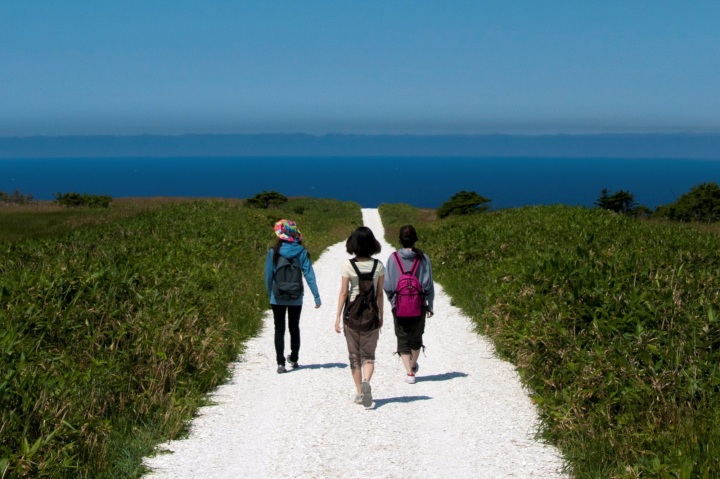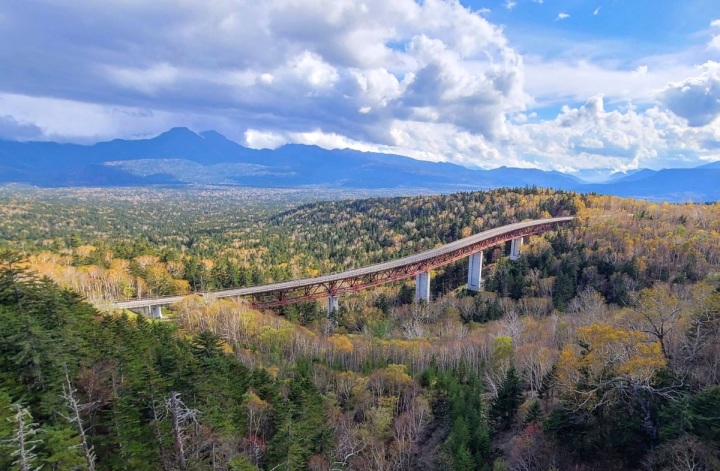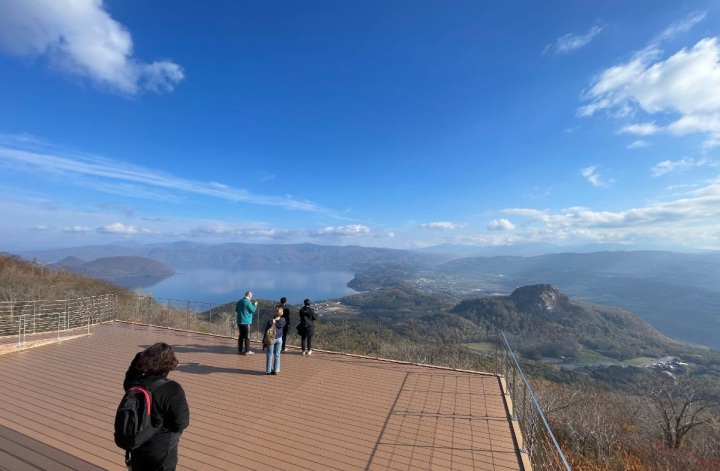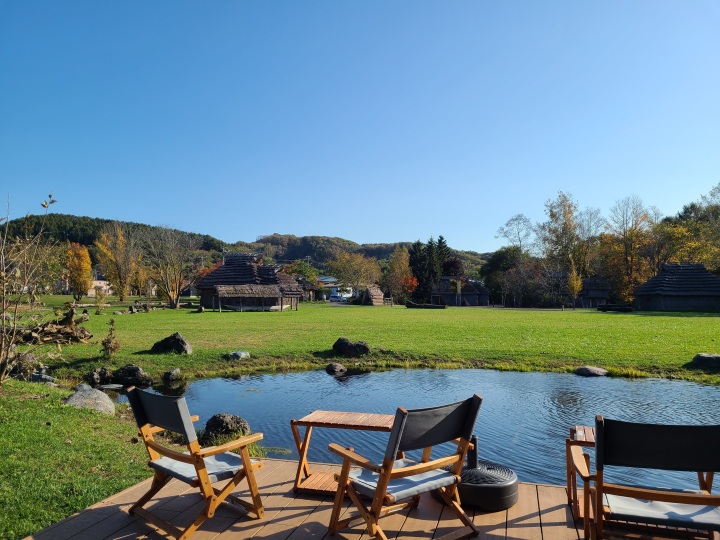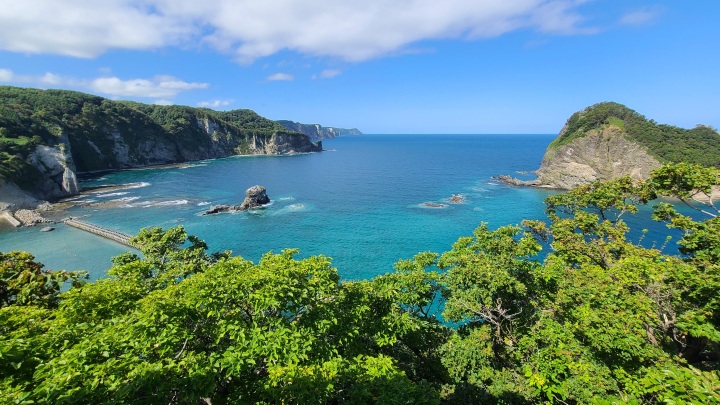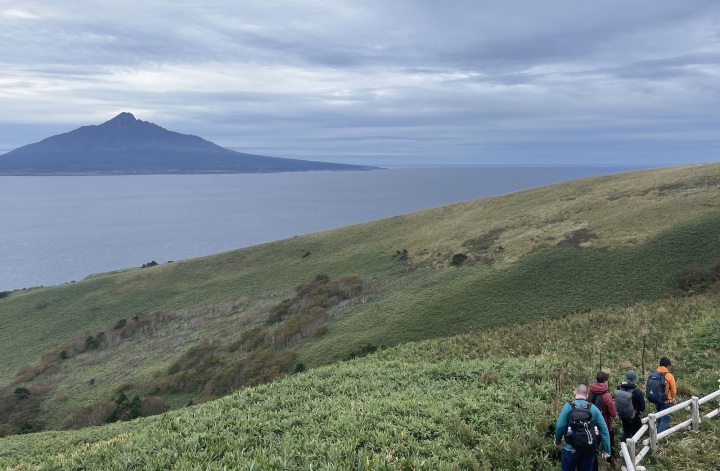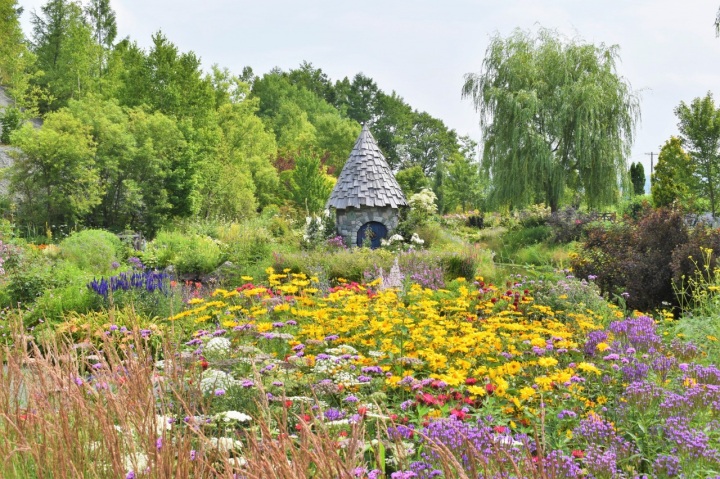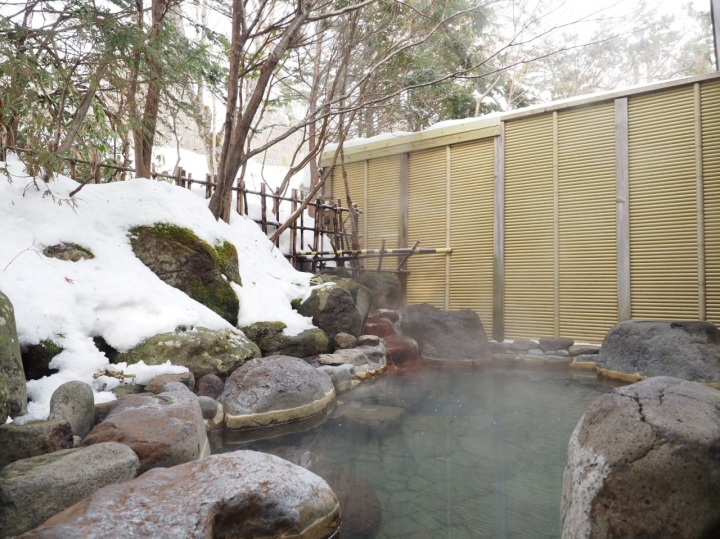[IN & OUT Airport Trip] Travel across Hokkaido, visiting the northernmost island and Sapporo by public transportation
![[IN & OUT Airport Trip] Travel across Hokkaido, visiting the northernmost island and Sapporo by public transportation](/lsc/upfile/course/0000/0070/70_1_l.jpg)
- Spring
- Summer
- Autumn
- Winter
- Days required
- 4 days and 3 nights
- Main methods of transportation
- Ferry, Bus, Airplane, Train, Subway
Vast and full of contrasts, Hokkaido reveals its beauty best when you fly in and out through different airports for arrival (IN) and departure (OUT). With 12 airports across the region (including some currently not in service), travelers can design unique itineraries that highlight Hokkaido’s diverse attractions.
"Airports for This Journey"
IN Airport: Wakkanai Airport
OUT Airport: New Chitose Airport
On Japan’s northernmost islands, Rishiri and Rebun, travelers are welcomed by clear seas and the majestic Mt. Rishiri. A ferry ride across the deep blue waters offers a unique sense of the “far north.”
On Rebun Island, colorful flowers bloom along scenic capes, while Rishiri Island offers stunning views of “Rishiri Fuji” and the serene Otatomari Pond,” showcasing Hokkaido’s natural beauty.
- * The spots and experience menus introduced in the course are subject to change. Please check the official website for the latest information.
- * Please note that the text shown on this page includes machine translations.
[IN] Wakkanai Airport
The Northernmost Gateway to the Sky
Direct flights operate to Wakkanai Airport—the northernmost airport in Japan—from both New Chitose Airport and Haneda Airport. Airport buses conveniently connect with arriving flights, taking you to the city center. It’s the perfect starting point for your journey to Rishiri and Rebun Islands.
Wakkanai Ferry Terminal
The Northernmost Gateway to the Sea
Wakkanai Ferry Terminal, Japan’s northernmost sea gateway, is the departure point for ferry journeys to Rishiri and Rebun Islands. Inside, you’ll find a spacious lobby, cozy cafés, and souvenir shops—perfect for relaxing before your voyage. Feel the northern sea breeze as your island adventure begins.
Kafuka Port (Rebun Island)
The Gateway to Rebun Island
Kafuka Port serves as the main gateway to Rebun Island, with regular ferry connections to Wakkanai. The area around the port is lined with accommodations and local eateries, making it a convenient base for exploring the island. From here, enjoy breathtaking views of Mt. Rishiri and savor the island’s fresh seafood—a perfect start to your Rebun adventure.
[Accommodation] Kafuka Area, Rebun Island
Convenient Lodging for Island Explorers
Rebun Island offers a range of accommodations, from hotels and guesthouses to youth hostels. For travelers planning early-morning sightseeing, staying near your activity spots—especially in the Kafuka area where the ferry terminal is located—is highly recommended. It’s the most convenient base for exploring the island with ease.
Exploring Rebun Island
An Island Where the Sea Meets Endless Northern Fields of Flowers
Rebun Island can be efficiently explored by local route buses or seasonal sightseeing buses. The island is dotted with breathtaking spots such as Cape Sukoton in the north, Shiretoko in the south, Cape Sukai, Momoiwa Trailhead, and Kita no Kanaria Park—each offering scenery unique to Rebun.
For nature lovers, the island also features several trekking routes accessible by bus, including trails to Cape Sukoton, Shiretoko, Momoiwa Trailhead, and Mt. Rebun Trailhead. The regular sightseeing bus tour covers the island’s main attractions in about four hours and conveniently connects to ferries bound for Rishiri Island. Advance reservations are recommended during the high season. Spend a special day surrounded by unspoiled nature and unforgettable views at the northern edge of Japan.
Cape Sukoton
Silence and Awe at the Northern Edge
Located at the northernmost tip of Rebun Island, Cape Sukoton is one of the island’s most stunning scenic spots, where steep cliffs drop dramatically into the sea. Just offshore lies the small island of Todo-jima, while across the water you can glimpse Cape Kaneda —and on clear days, even the distant outline of Sakhalin.
As night falls, the beam of the Todo-jima Lighthouse illuminates the sea, casting a dreamlike glow across the quiet waves. The cape also serves as the starting point for the island’s popular Cape Walking Trail, a route that traces Rebun’s dramatic coastline.
- Address
- Funadomari Sukoton, Rebun-cho
- Telephone Number
- 0163-86-1001
Cape Sukai
A Shimmering View of “Rebun Blue” that Clears the Soul
Perched at the tip of a graceful, curved inlet, Cape Sukai is one of Rebun Island’s most beloved scenic spots. The sea here is so clear that you can see all the way to the bottom, shifting shades with the sunlight—from deep sapphire to the island’s signature “Rebun Blue,” a vivid jade hue that glows brightest in summer.
Located near the end of the Cape Walking Trail, this tranquil cape offers a moment of calm, where the gentle waves and sea breeze create a soothing rhythm.
- Address
- 礼文町船泊西上泊
- Telephone Number
- 0163-86-1001
Momoiwa Observation Deck
A Scenic Highlight of Rebun Island—Where Flowers Meet the Sea
At Momoiwa Observation Deck, the island’s iconic “Peach Rock,” shaped like a giant peach, rises dramatically before you, with the uniquely shaped “Cat Rock” visible in the distance. From here, the popular Momoiwa Trail stretches past the Motchi Lighthouse toward the island’s southern Shiretoko area.
Nicknamed the “Flower Road,” this route is celebrated as one of Rebun’s most beautiful trekking courses. The area is home to an extraordinary variety of alpine plants, and in 2022, the “Momoiwa Alpine Plant Community” was designated a National Natural Monument of Japan. Along the trail, colorful wildflowers, sweeping ocean views, and the scent of the northern wind create a truly unforgettable experience—one that captures the very essence of Rebun Island.
- Address
- 礼文町香深元地
- Telephone Number
- 0163-86-1001
Oshidomari Port (Rishiri Island)
Your Gateway to Rishiri Island—Where Sea Meets Mountain
Rishiri Island has two main ports, with Oshidomari Port at the island’s center serving as the busiest and most convenient for traveling to and from the island. The other port, Kutsugata Port, is located closer to Rebun Island and primarily operates during the summer season.
Around Oshidomari Port, you’ll find accommodations, restaurants, and a tourist information center, making it an ideal base for exploring Mt. Rishiri and the island’s other scenic highlights. Whether you’re arriving or setting out, this port is the perfect starting point for your Rishiri adventure.
Exploring Rishiri Island by Sightseeing Bus
A One-Day Journey to Scenic and Cultural Highlights
During the summer season, an afternoon sightseeing bus departs from Kutsugata Port, providing an easy way to explore Rishiri Island in just one day. This tour is perfect for travelers who want to experience both Rebun and Rishiri Islands efficiently.
The bus stops at key attractions such as Otatomari Swamp, where the majestic Mt. Rishiri is beautifully reflected on the calm waters, and the Rishiri Town Museum, which offers insights into the island’s history and natural environment. Combining mountain and sea views with cultural experiences, this one-day tour lets you fully enjoy the island’s spectacular scenery and heritage.
Otatomari Swamp
A Tranquil Mirror Reflecting Mt. Rishiri
Located in the southeastern part of Rishiri Island, Otatomari Swamp is the island’s largest pond. Surrounded by Japan’s northernmost natural forest of Sakhalin fir, it offers stunning views of the distant Mt. Rishiri, making it a popular scenic spot.
A walking trail circles the swamp in about 30 minutes, allowing visitors to fully immerse themselves in the serene surroundings. In June and July, the purple flowers of the
Iris laevigata bloom along the shores, adding vibrant color to this peaceful natural setting—a truly special experience for nature lovers.
- Address
- 利尻郡利尻富士町鬼脇
- Telephone Number
- 0163-82-2201
- Closed
- No entry allowed when there is snow
Mt. Rishiri (Rishirifuji)
Japan’s Northernmost Majestic Peak
Rising to 1,721 meters on Rishiri Island in northern Hokkaido, Mt. Rishiri is the northernmost peak among Japan’s “100 Famous Mountains” and captivates both climbers and visitors alike. Its base stretches all the way to the coast, and from a distance, the entire island appears shaped like the mountain itself. With its gentle, symmetrical slopes reminiscent of Mt. Fuji, it’s often called “Rishirifuji.”
From the summit, a 360-degree panorama unfolds, offering views of all of Rishiri Island as well as the neighboring Rebun Island and the Hokkaido mainland across the sea. The mountain is also a natural treasure, home to alpine plants unique to Rishiri Island, such as Rishiri hinageshi (Papaver Fauriei) and Rishiri ougi (Astragalus Frigidus), making it a paradise for nature enthusiasts.
- Address
- Oniwaki, Rishirifuji-cho, Rishiri-gun
- Telephone Number
- 0163-82-1111
Senposhi Misaki Park
A Natural Scenic Park Where Mt. Rishiri Meets the Sea
Located at the southern tip of Rishiri Island, Senposhi Misaki Park offers breathtaking views of the crystal-clear sea and the majestic Mt. Rishiri. Scattered throughout the park are unique rock formations created by lava flows from past eruptions, allowing visitors to feel the raw power of nature up close.
At the tidepool observation area, you can encounter marine life such as sea urchins and kelp right before your eyes, making for a truly immersive and memorable nature experience. This park is a perfect spot to appreciate the harmony of mountain and sea on Rishiri Island.
- Address
- 利尻郡利尻町仙法志御埼
- Telephone Number
- 0163-84-2345
[Accommodation] Rishiri Island
Relax and Immerse Yourself in Nature
Rishiri Island offers a variety of accommodations, including hotels and guesthouses, mainly around Oshidomari and Kutsugata Ports. With easy access from the ports, these lodgings serve as convenient bases for sightseeing, trekking, or climbing Mt. Rishiri. Enjoy a leisurely stay surrounded by the island’s sea, mountains, and pristine natural beauty.
Rishiri Airport
From the northernmost airport to Sapporo
During summer weekends, there may be two daily flights to Sapporo Okadama Airport. Flight schedules change with the season, so be sure to check the latest information on the JAL website. If you finish sightseeing on Rishiri Island the day before, you can also catch an early morning flight.
Buses operate around the airport, but if the schedule doesn’t suit you, the nearby Motodomari Bus Stop is within walking distance.
Sapporo Okadama Airport
The Closest Airport to Downtown Sapporo
Sapporo Okadama Airport offers easy access from the city center and serves as a gateway to destinations across Hokkaido, including Hakodate, Kushiro, and Rishiri. From the observation deck, you can watch planes take off and land up close, with snowy winter landscapes or bright summer skies providing a stunning backdrop.
Inside the terminal, you’ll find local gourmet food and a wide selection of souvenirs, making it easy to enjoy a comfortable and convenient start or end to your Hokkaido adventure.
Sapporo Night Views
A Glittering Display of Lights Across the City
Sapporo’s nightscape, recognized as one of Japan's New Three Most Spectacular Night Views, can be enjoyed from various observation points throughout the city. All spots are easily accessible, making them perfect for concluding a day of sightseeing.
As night falls, the city transforms, offering a completely different perspective from the daytime view. Stroll through illuminated streets and observation decks to savor a truly memorable moment of your Hokkaido journey.
Popular Sapporo Night View Spots
- Sapporo Mt. Moiwa Ropeway
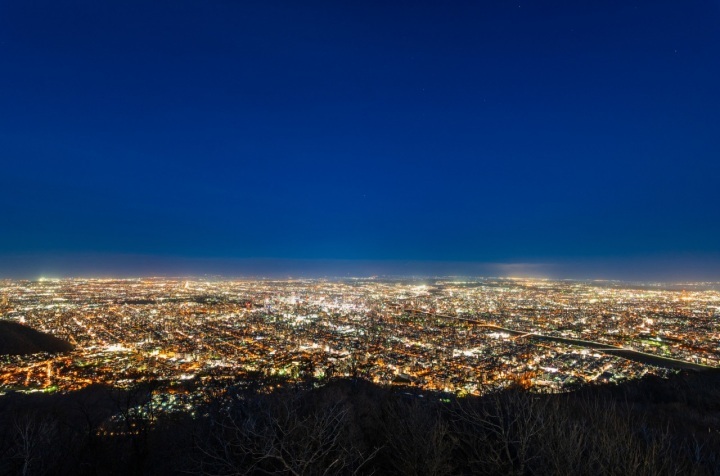
- Recognized as one of Japan's New Three Most Spectacular Night Views, Mt. Moiwa offers breathtaking panoramas of Sapporo’s city lights. By day, enjoy sweeping views of the city; at dusk, a romantic glow fills the sky; and at night, the scene sparkles like scattered jewels. From the mountaintop observatory, you can take in a full 360-degree view and visit the “Bell of Happiness,” a popular spot designated as a Lover’s Sanctuary. The restaurant The Jewels, where guests can dine while admiring the night view, makes this a truly special place to experience Sapporo after dark.
- https://www.visit-hokkaido.jp/en/spot/detail_10008.html
- Mt. Okura Observatory
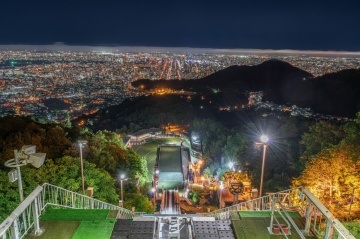
- Famous as a ski jumping venue, Mt. Okura Observatory offers one of the best panoramic views of Sapporo. From the 307-meter-high observation deck, the cityscape—one of Japan's New Three Most Spectacular Night Views—spreads out in glittering brilliance. During the day, admire the sweeping mountain backdrop; at night, the city lights create a magical atmosphere. The area also features a café and a museum, allowing visitors to enjoy both the thrill of ski jumping and stunning views in one place.
- https://www.visit-hokkaido.jp/en/spot/detail_10524.html
- Sapporo TV Tower
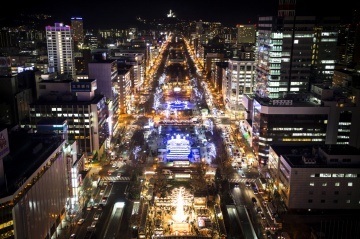
- Standing 144 meters tall at the eastern end of Odori Park, the Sapporo TV Tower has been a symbol of the city since its completion in 1957. From the observation deck, about 90 meters above ground, you can enjoy sweeping views of Sapporo’s skyline and the changing seasonal beauty of Odori Park. At night, the tower itself is illuminated, creating a beautiful addition to the city’s nightscape. The observation floor is a lively spot where visitors take memorable photos with the glittering city lights as their backdrop.
- https://www.visit-hokkaido.jp/en/spot/detail_10011.html
[Accommodation] Sapporo
Stay, Explore, and Feel the Heart of Hokkaido
Sapporo is the perfect base for exploring Hokkaido, offering year-round charm and a wide variety of lodging options. From relaxing inns with natural hot springs to stylish design hotels and properties known for delicious breakfasts featuring local ingredients, there’s something to suit every traveler’s style. Around Susukino and Sapporo Station, you’ll find endless opportunities for sightseeing, dining, and shopping—turning your stay itself into a memorable experience. Enjoy the best of Hokkaido with a comfortable stay in Sapporo.
Sapporo’s subway system is the most convenient way to travel around the city. With three lines—Namboku (Green), Tozai (Orange), and Toho (Blue).
Sapporo Central Wholesale Market Curb Market
Where All of Hokkaido’s Flavors Come Together
At the Sapporo Central Wholesale Market Curb Market, known as Sapporo’s treasure trove of gourmet delights, you’ll find a vast selection of fresh seafood and produce delivered from all over Hokkaido. The greatest appeal of this market is the chance to taste fish and shellfish auctioned early in the morning—freshness you can’t get anywhere else. Restaurants within the market serve indulgent seafood rice bowls and sushi topped with Hokkaido specialties such as sea urchin, salmon roe, and crab. Loved by both locals and visitors, this vibrant market offers an unforgettable taste experience that will be one of the highlights of your Hokkaido trip.
- Address
- Kita 11 Nishi 21-23, Chuo-ku, Sapporo
- Telephone Number
- 011-621-7044
- Open
- 6:00-17:00 (varies by store)
- Closed
- Varies by store
Maruyama Park
A Relaxing Oasis in Sapporo, Full of Nature and Smiles Throughout the Seasons
Spanning the northern edge of the Maruyama Primeval Forest, a nationally designated Natural Monument teeming with oak and katsura trees, Maruyama Park is a lush green haven cherished by Sapporo residents. In spring, around 150 cherry trees burst into bloom, making it one of the city’s top hanami (cherry blossom viewing) spots. During summer, visitors can enjoy leisurely walks in the shade. The park also features a zoo, baseball field, and tennis courts. Together with the adjacent Hokkaido-jingu Shrine, Maruyama Park attracts people year-round and is an essential spot for a peaceful retreat in Sapporo.
- Address
- 札幌市中央区宮ケ丘3
- Telephone Number
- 011-621-0453
Hokkaido-jingu Shrine
A serene sanctuary watching over the northern land
Nestled next to Maruyama Park, Hokkaido-jingu Shrine is the chief Shinto shrine of Hokkaido, cherished as a spiritual guardian since its founding in 1869 by imperial decree. The 180,000 m² grounds are enveloped in seasonal beauty—cherry and plum blossoms in spring, lush greenery in summer, vibrant autumn leaves, and snow-covered shrines in winter. Visitors may even spot wild Ezo squirrels. A harmonious blend of nature and history makes this shrine a must-visit for a peaceful and memorable Hokkaido experience.
- Address
- 474 Miyagaoka, Chuo-ku, Sapporo
- Telephone Number
- 011-611-0261
- Open
- (Summer) 6:00-17:00
(Winter) 7:00-16:00
(Prayer) 9:00-16:00 - Closed
- Open all year round
Ganso Sapporo Ramen Yokocho
The birthplace of Hokkaido ramen, steeped in Showa-era charm
Located in central Susukino, Ganso Sapporo Ramen Yokocho traces its roots to the 1951 “Kouraku Ramen Meisengai” and is considered the origin of Hokkaido’s ramen culture. Starting with just a few shops, it has grown into a popular destination attracting visitors from across Japan. The narrow retro alleys are lined with ramen shops serving rich miso-based broths, savory stir-fried vegetables, and the signature flavors of Sapporo ramen. By night, the streets fill with steam and smiles, offering the perfect bowl to remember your Hokkaido journey.
- Address
- 札幌市中央区南5条西3丁目N・グランデビル1階
- Open
- (Depends on the store)
- Closed
- (Depends on the store)
Sapporo Beer Museum
Japan’s only beer museum, tracing history alongside Hokkaido’s development
Located in Sapporo Garden Park, the Sapporo Beer Museum opened in 1987 and is Japan’s sole beer museum. Housed in a red-brick building designated as a Hokkaido Heritage site, the structure was originally built in 1890 as a sugar factory and later served as a malt factory. Inside, visitors can explore Hokkaido’s pioneering history and the story of Sapporo Beer through engaging exhibits and videos. After the tour, enjoy exclusive beers available only here. Surrounded by retro architecture and the rich aroma of malt, it’s the perfect place to savor a taste that embodies the origins of Hokkaido’s culinary culture.
- Address
- 札幌市
- Telephone Number
- 011-748-1876
- Open
- 11:00-18:00 (last admission at 17:30)
- Closed
- Mondays (opens the following day if Monday is a public holiday), year-end/New Year, and occasional maintenance days
[Out] New Chitose Airport
Hokkaido’s main gateway to the skies, New Chitose Airport connects the region with destinations across Japan and around the world. Inside, visitors can enjoy hot springs, a cinema, a wide variety of dining options, and souvenir shops—ensuring your Hokkaido journey is delightful right up to the very last moment.
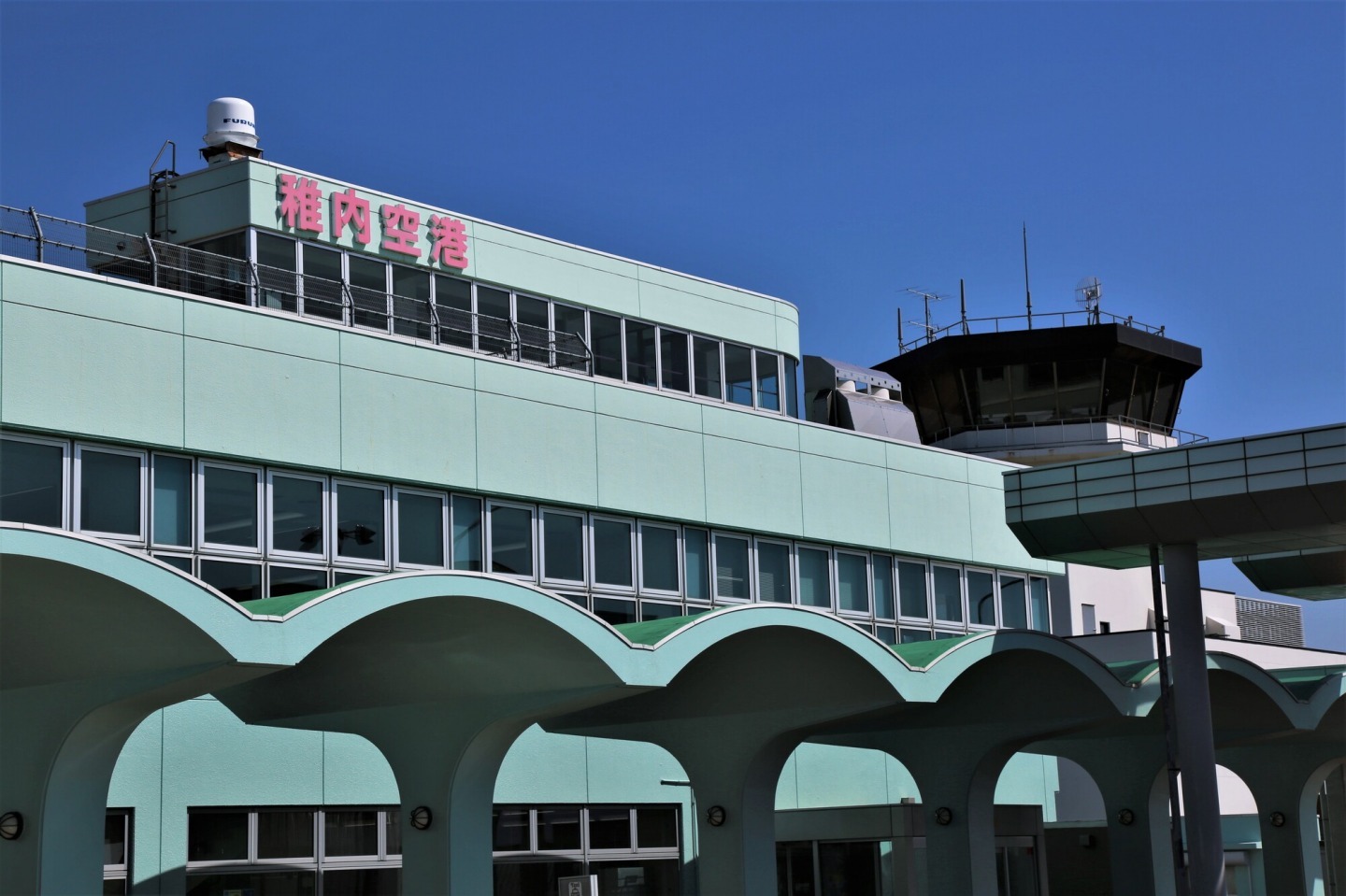
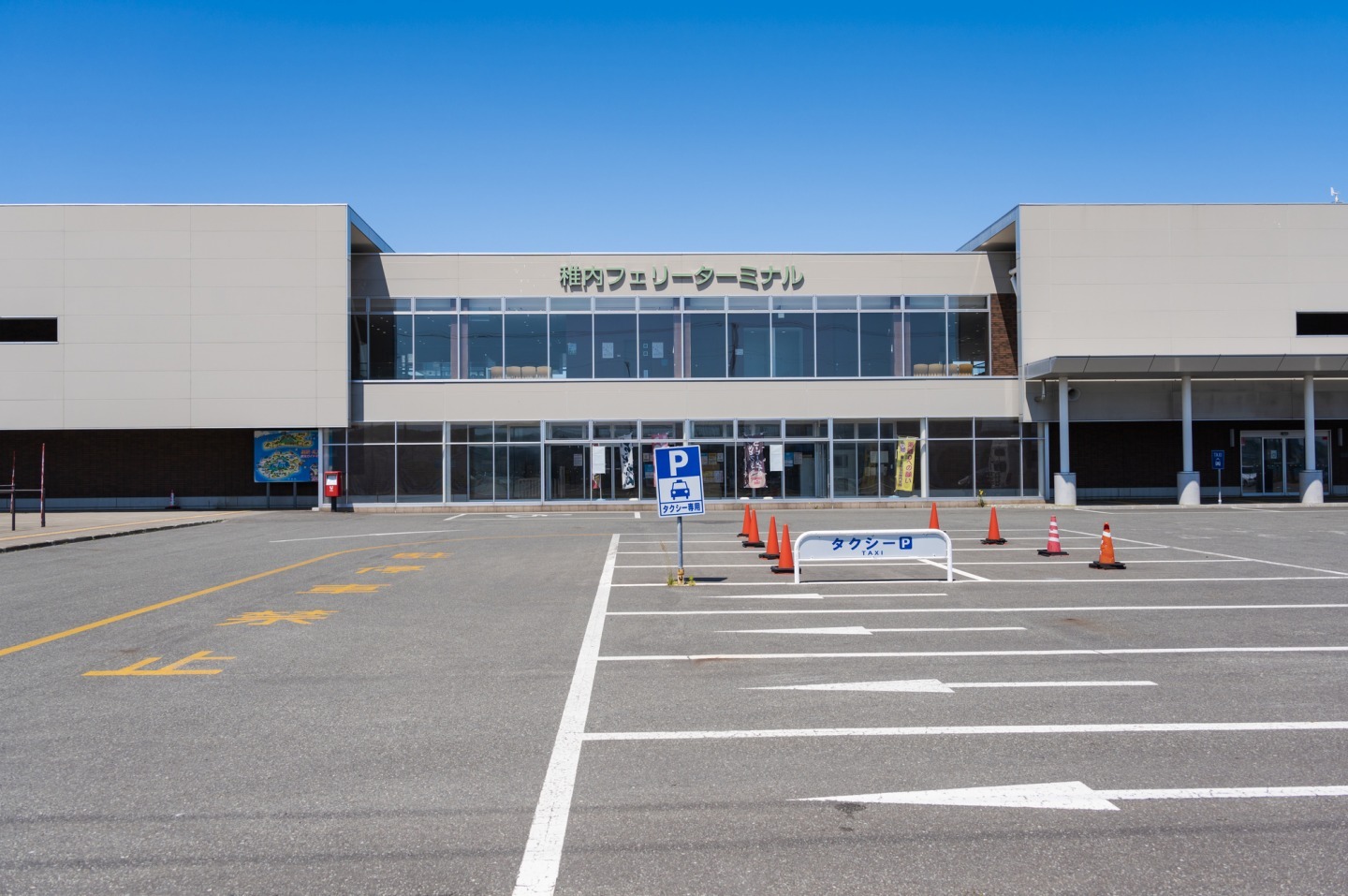
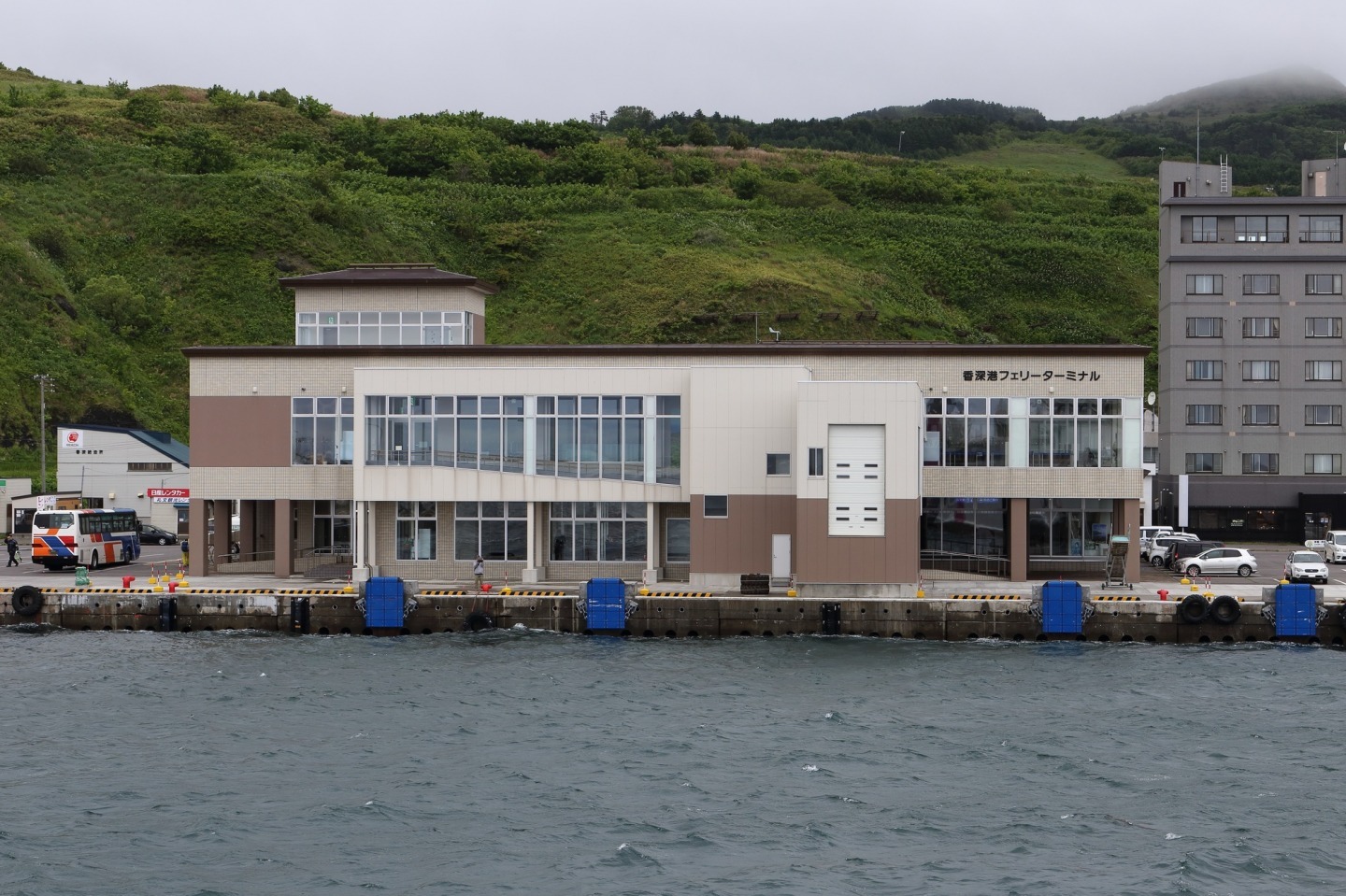
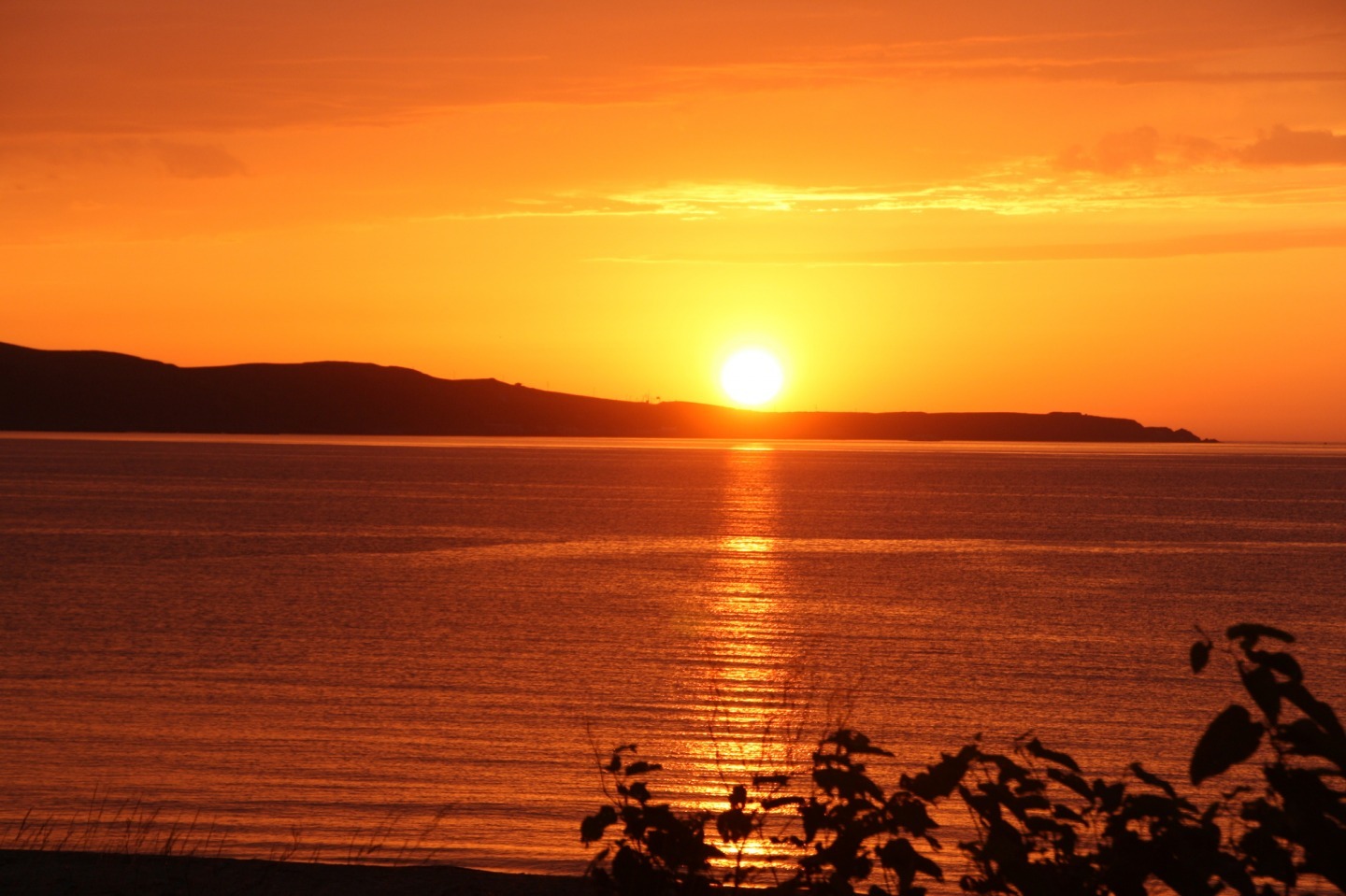
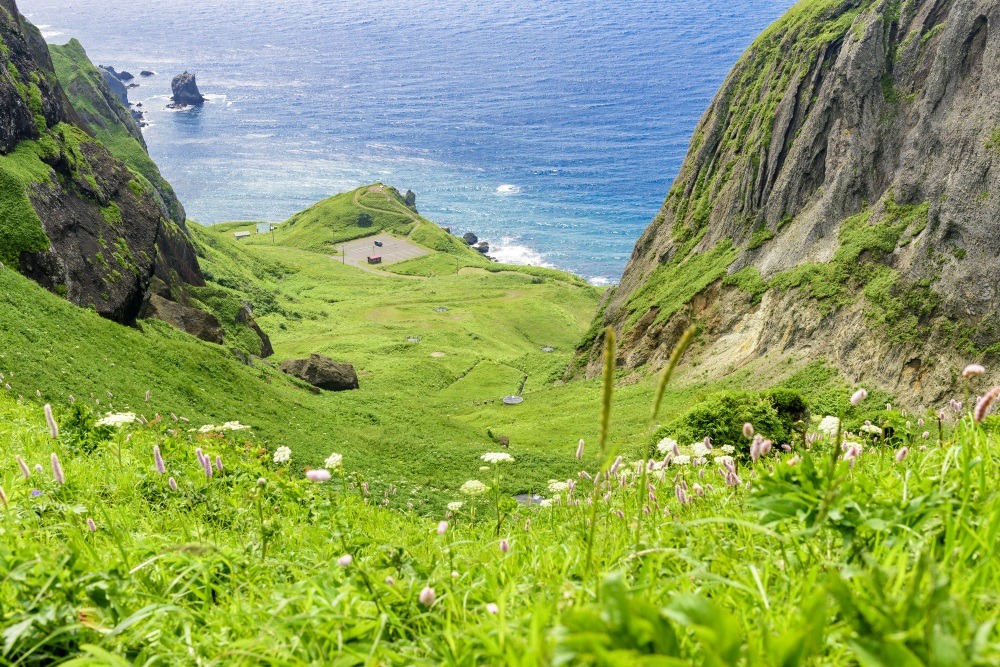
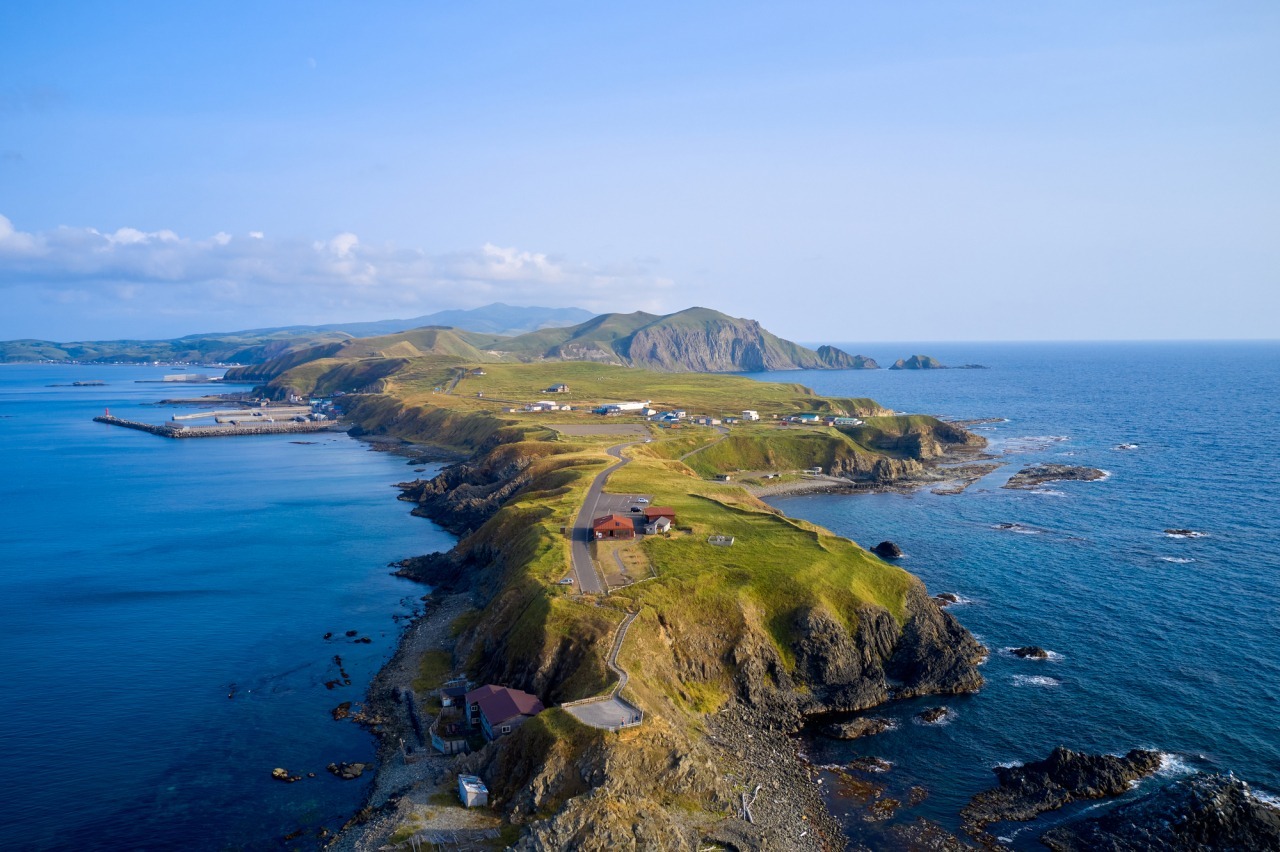
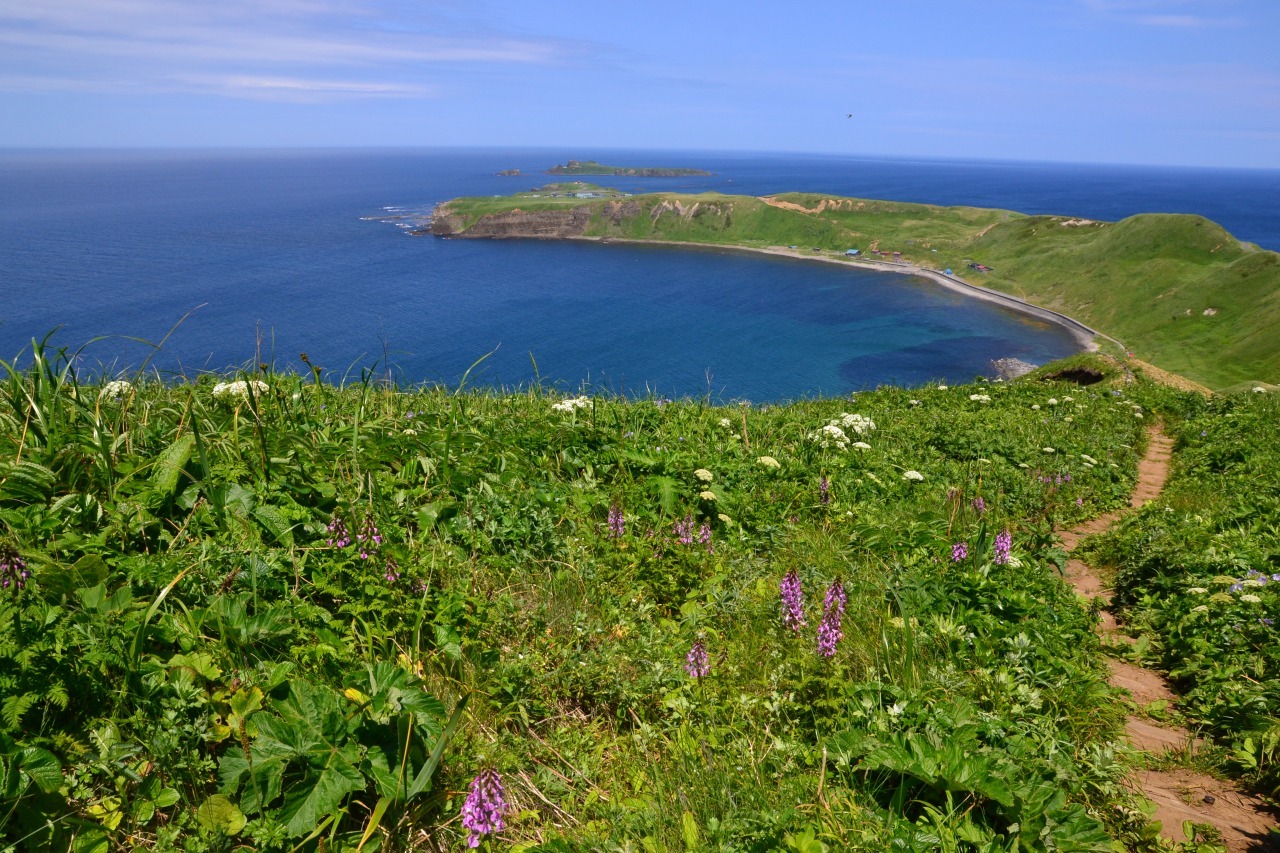
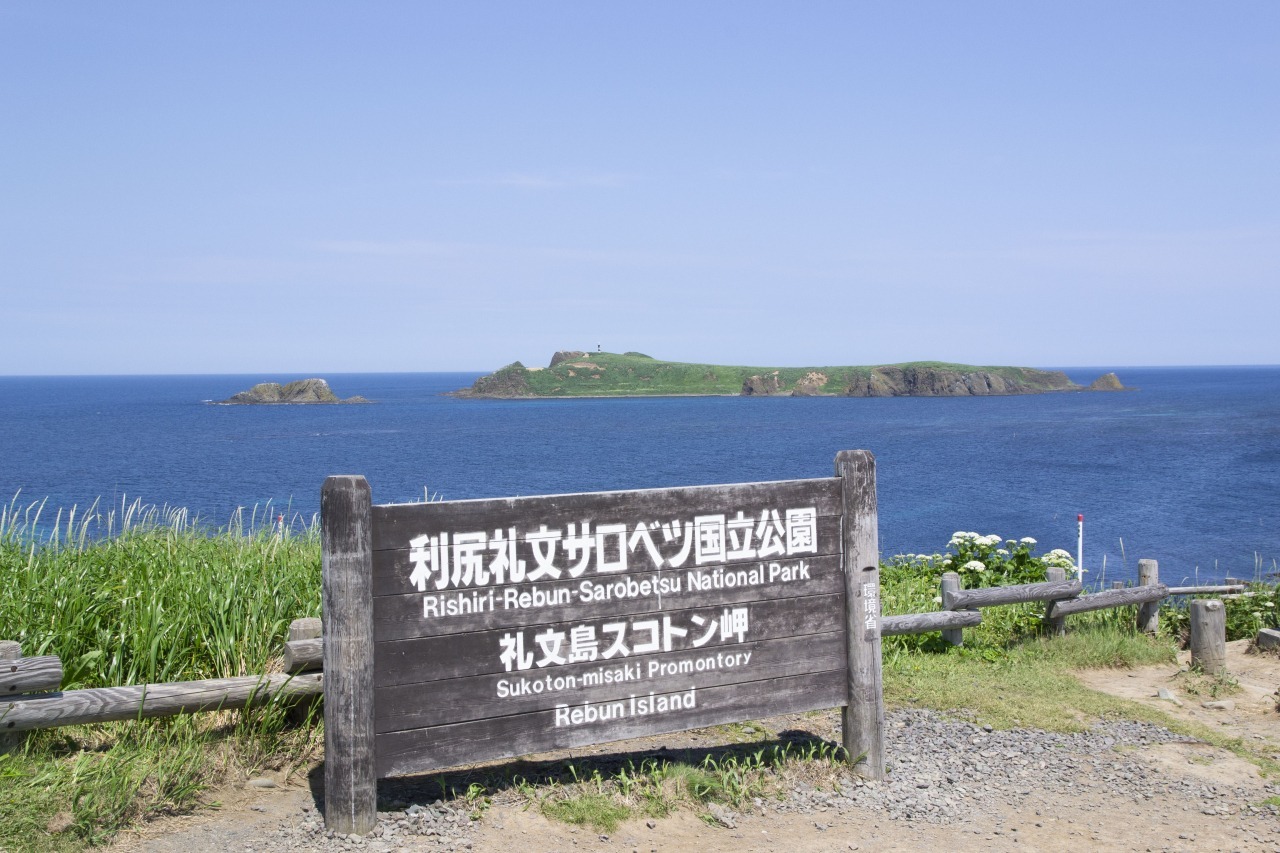
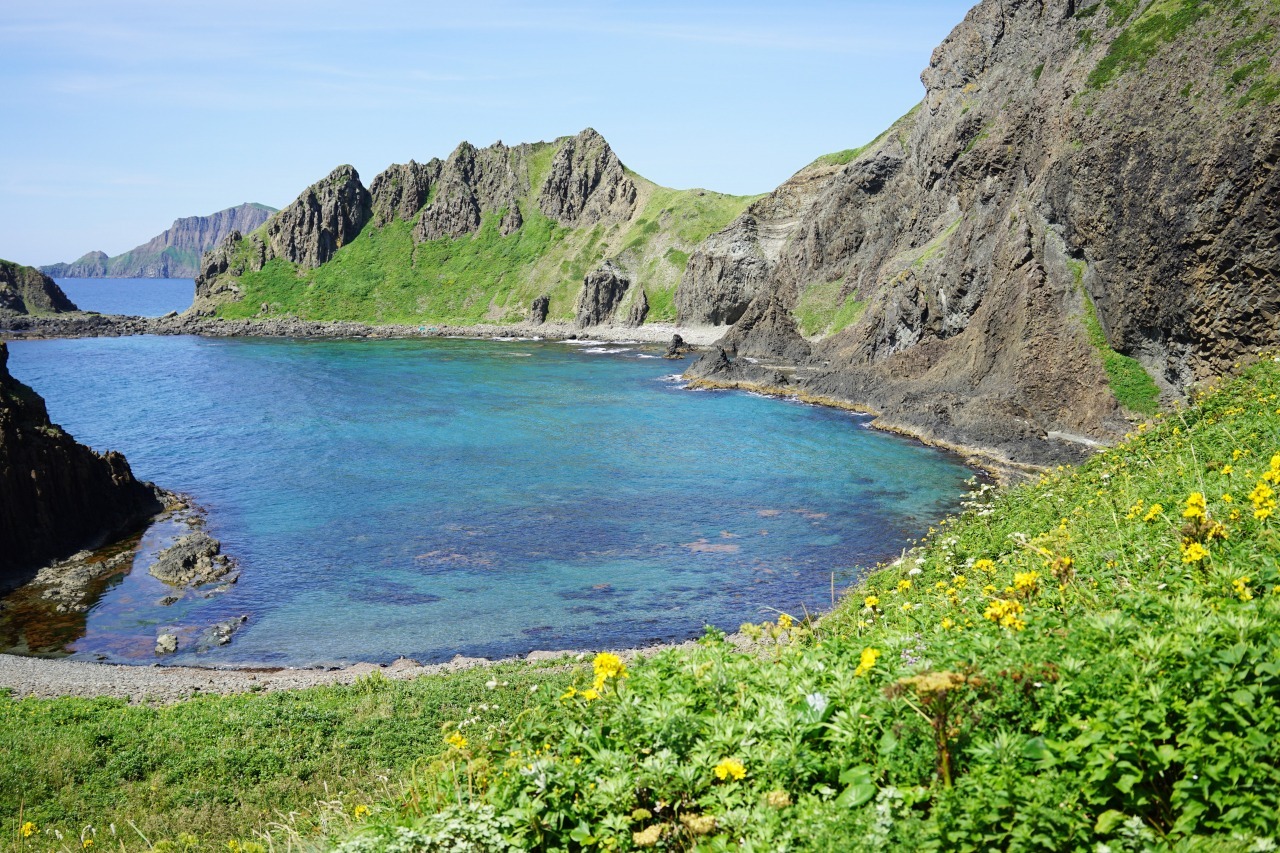
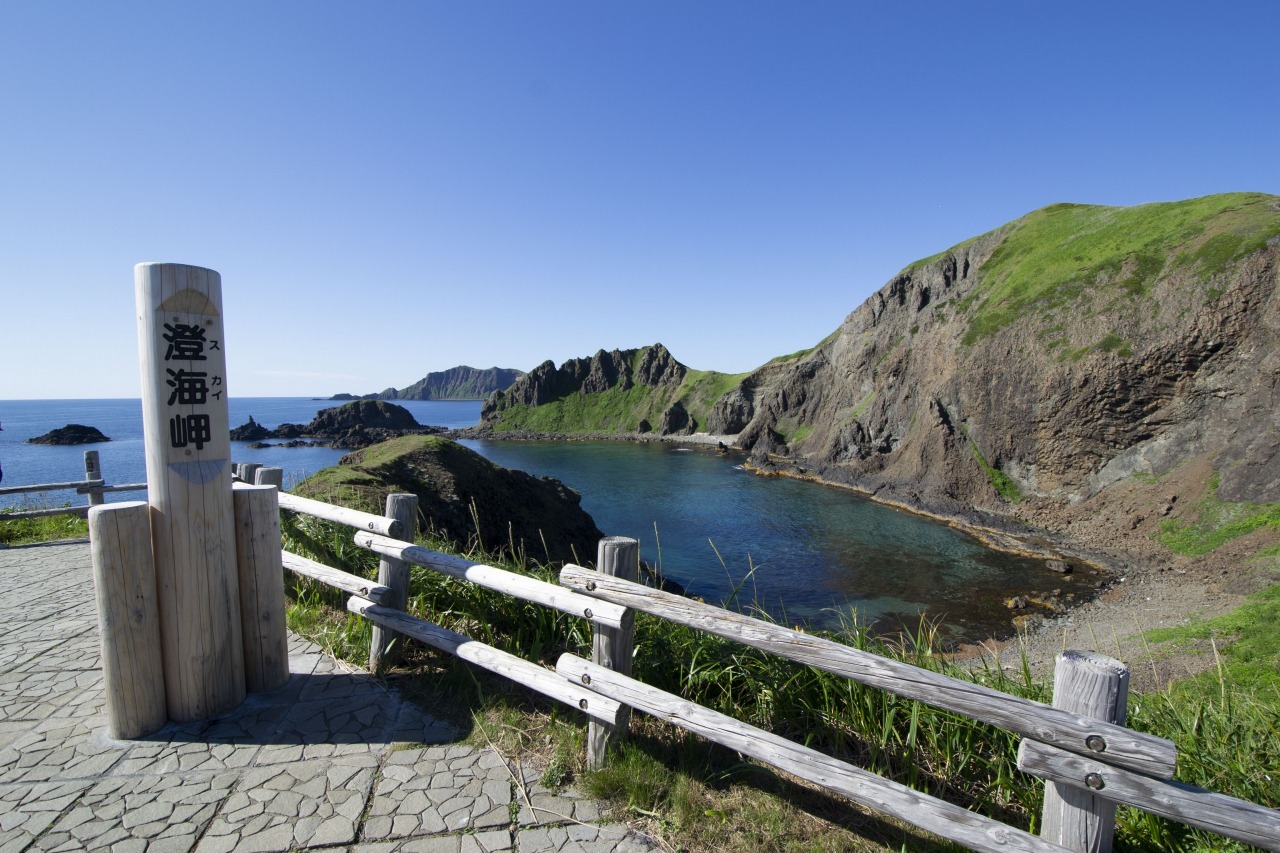
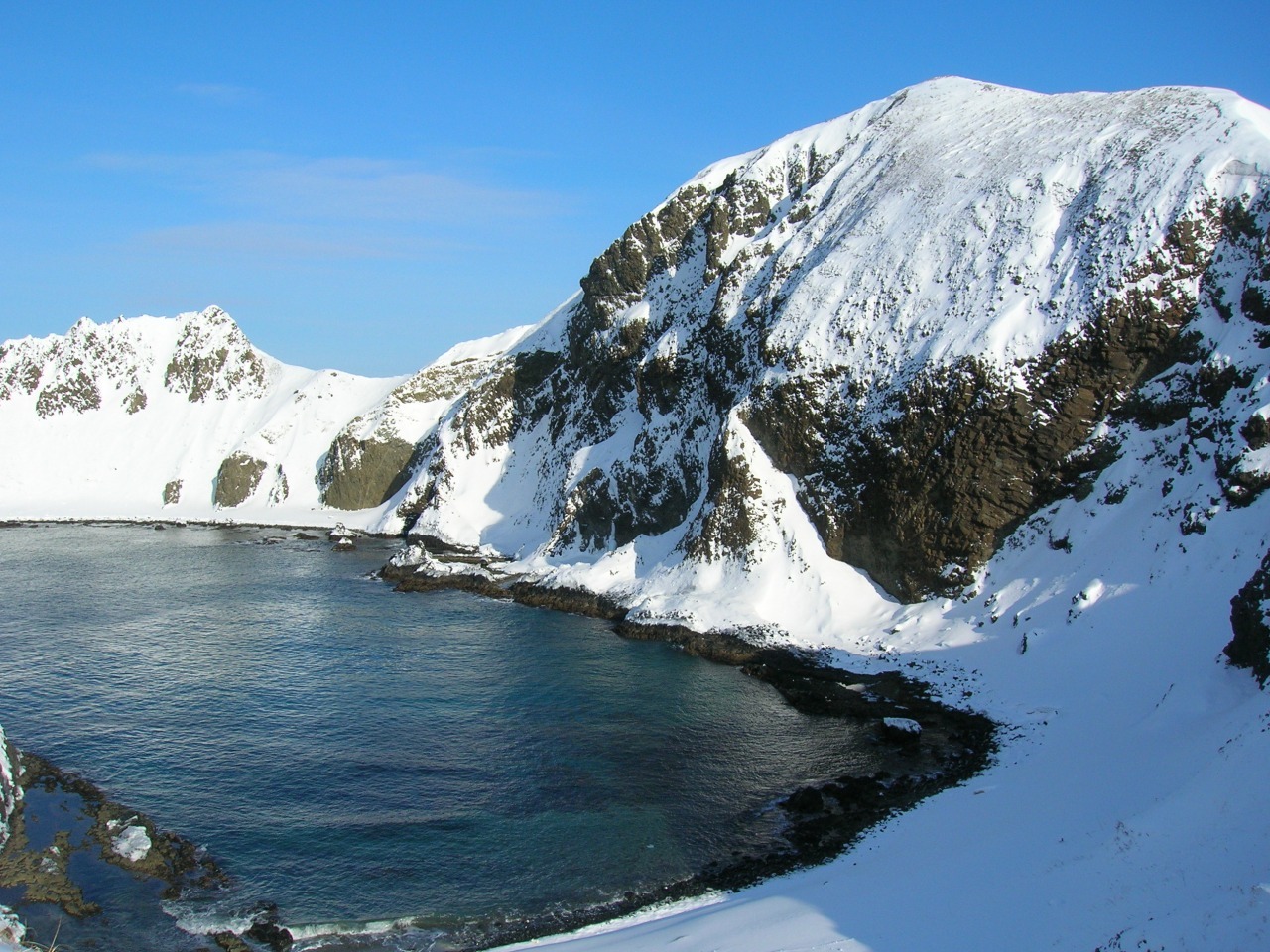
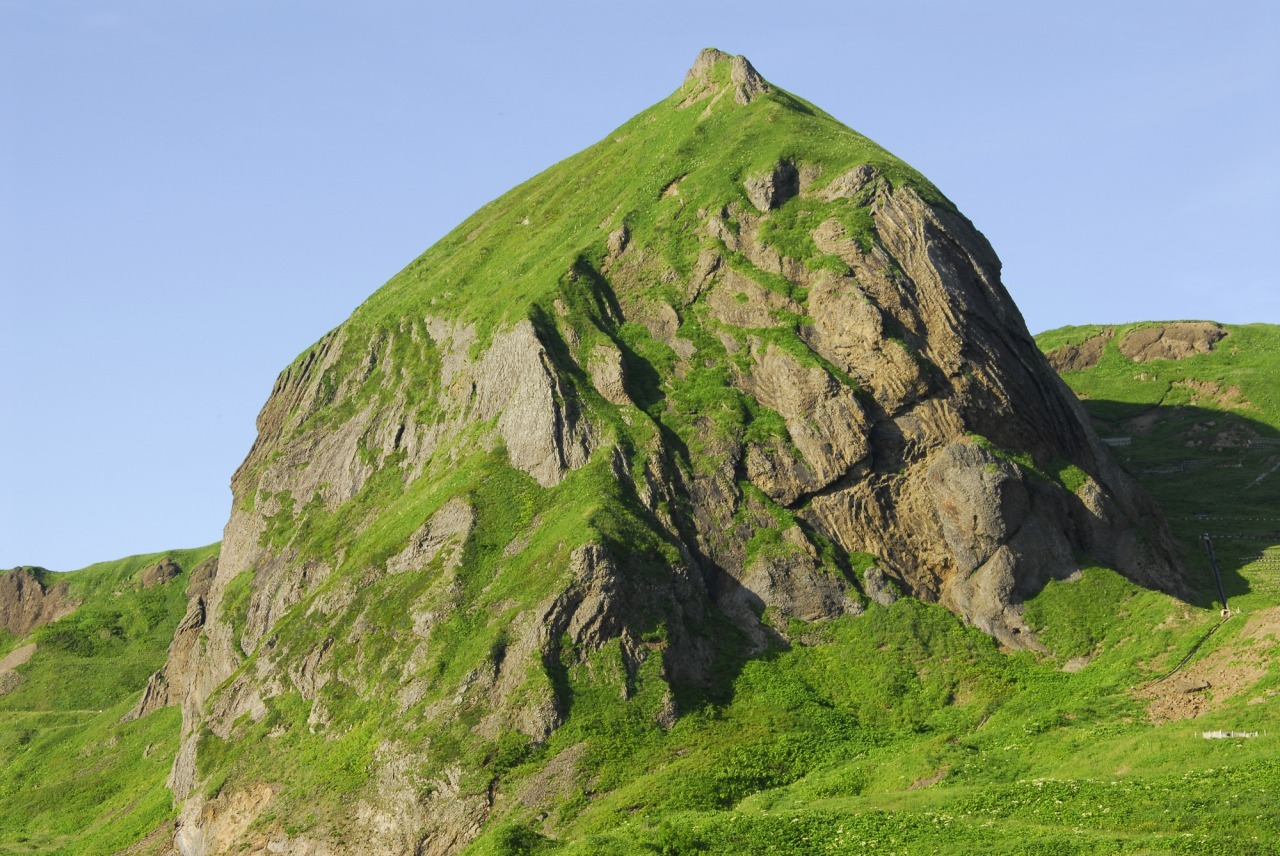
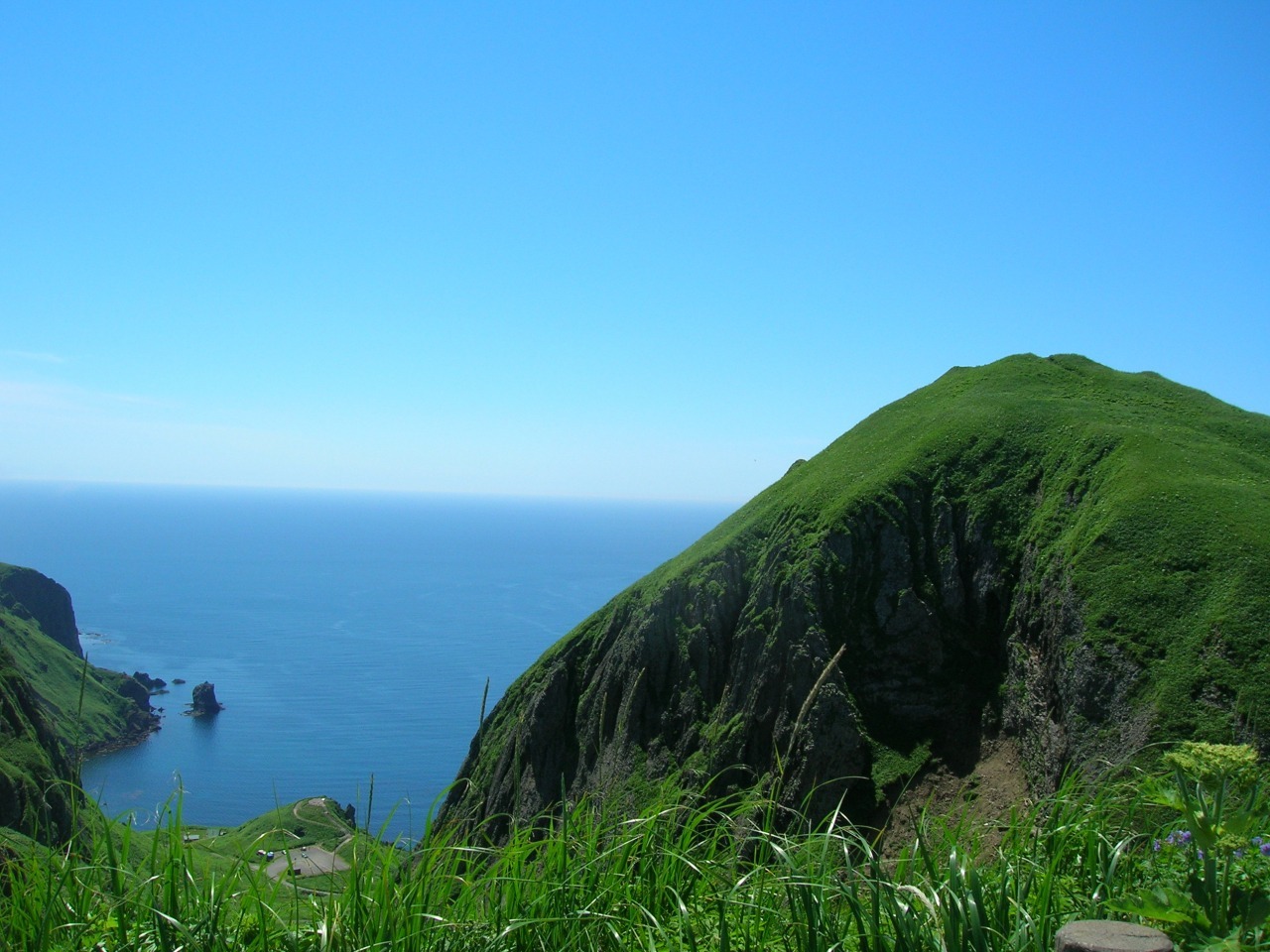
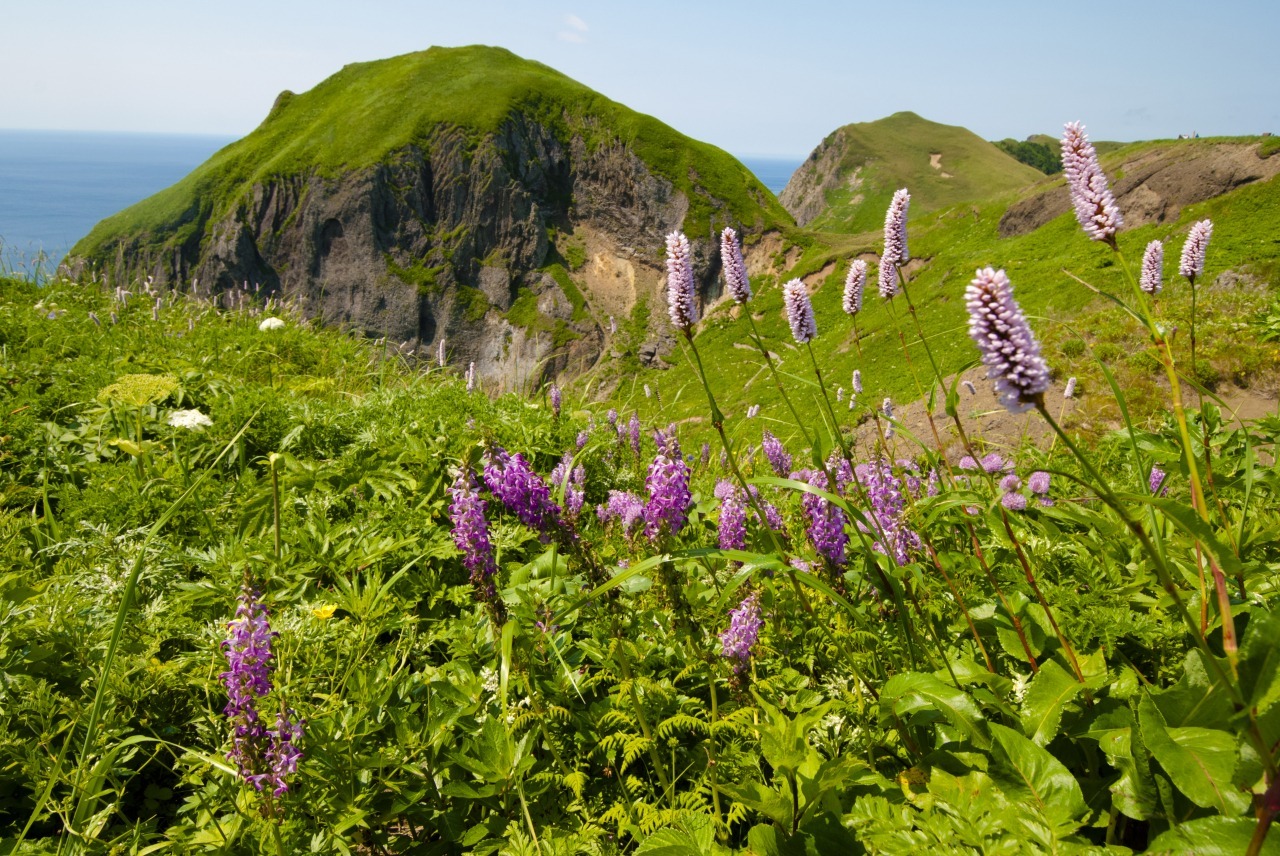
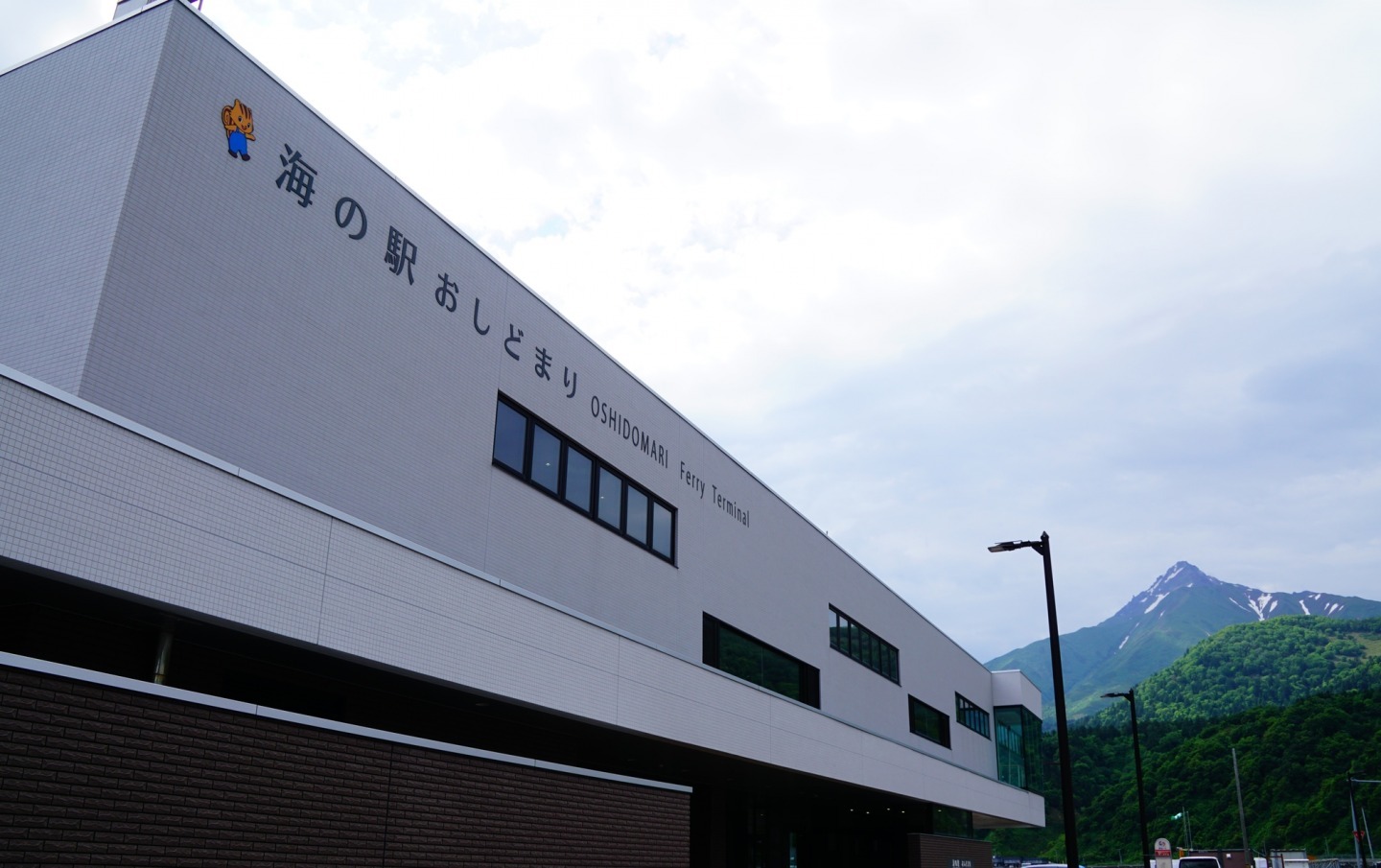
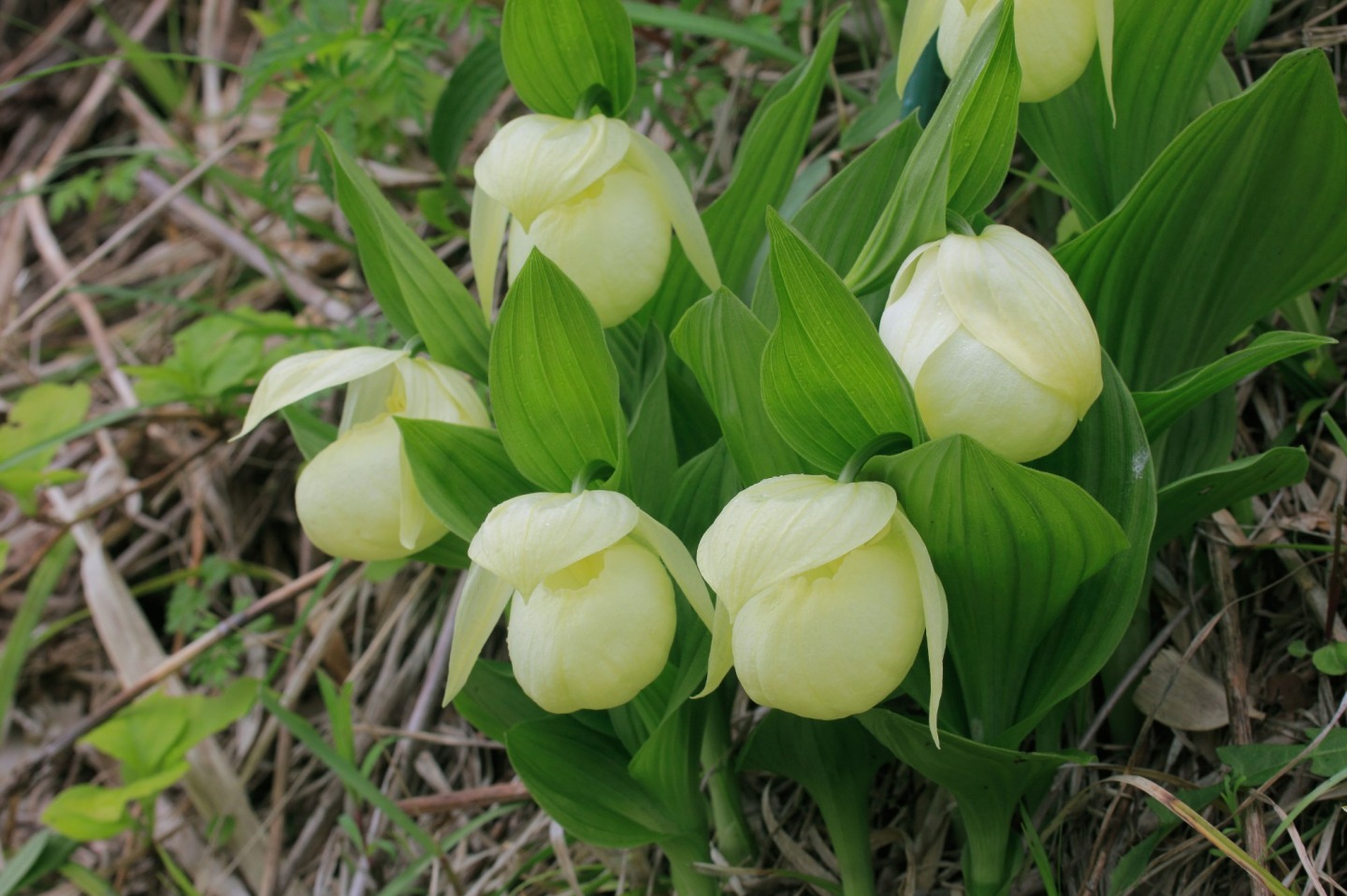
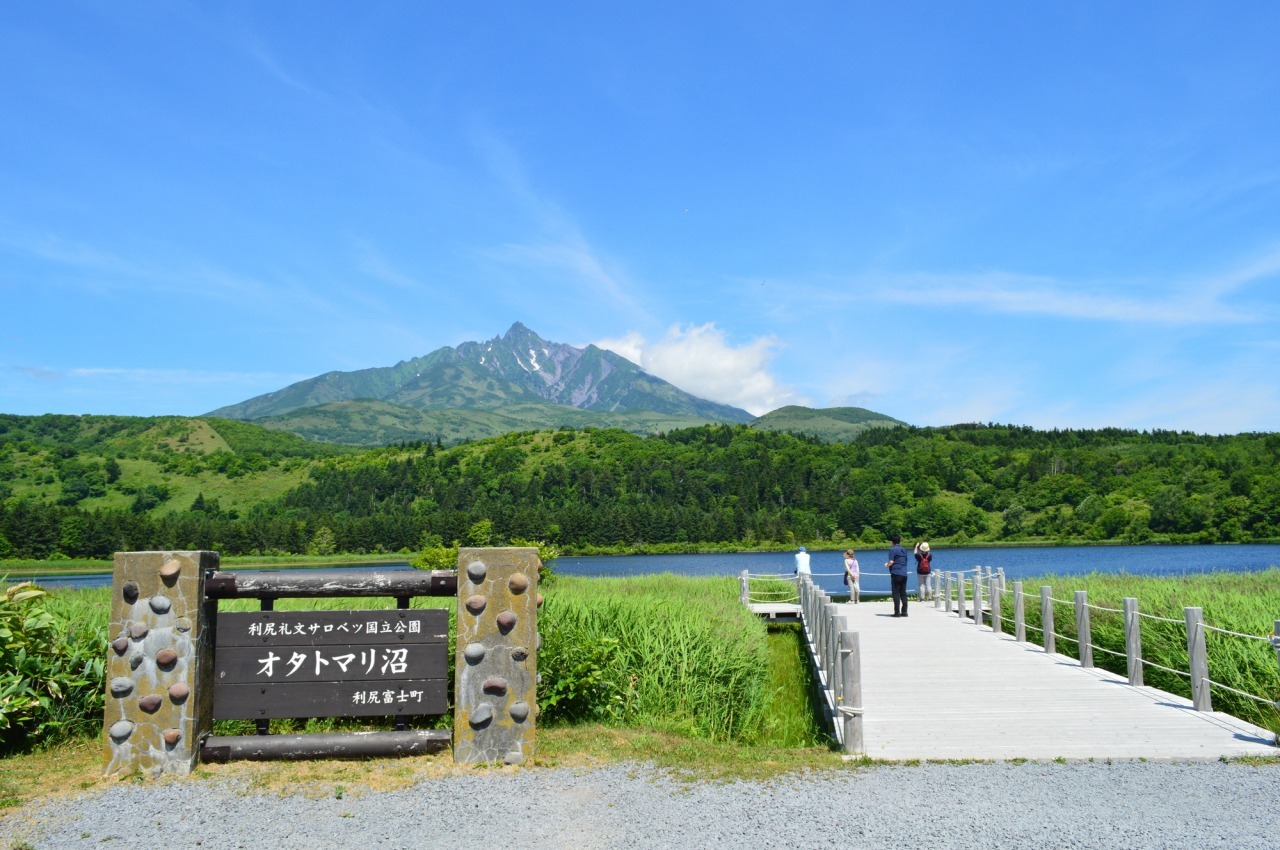
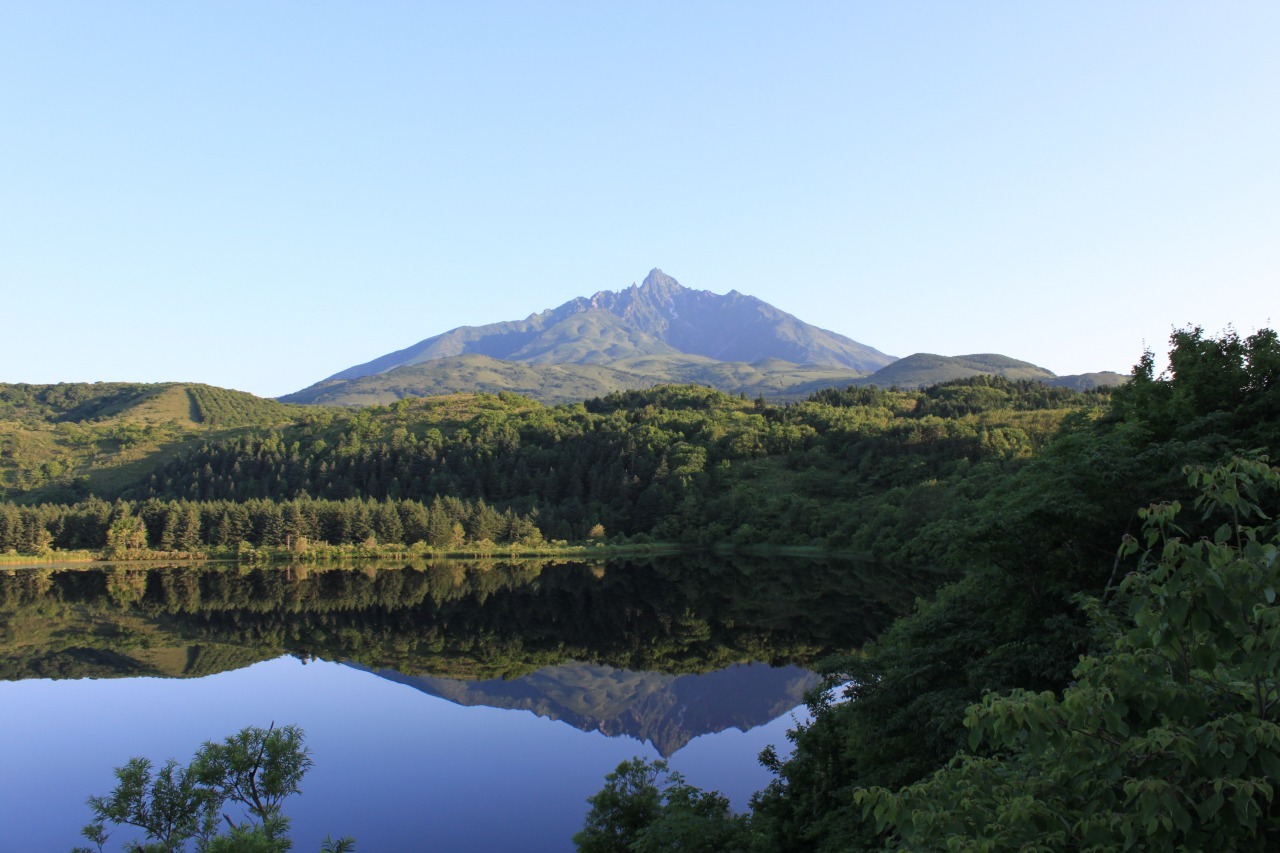
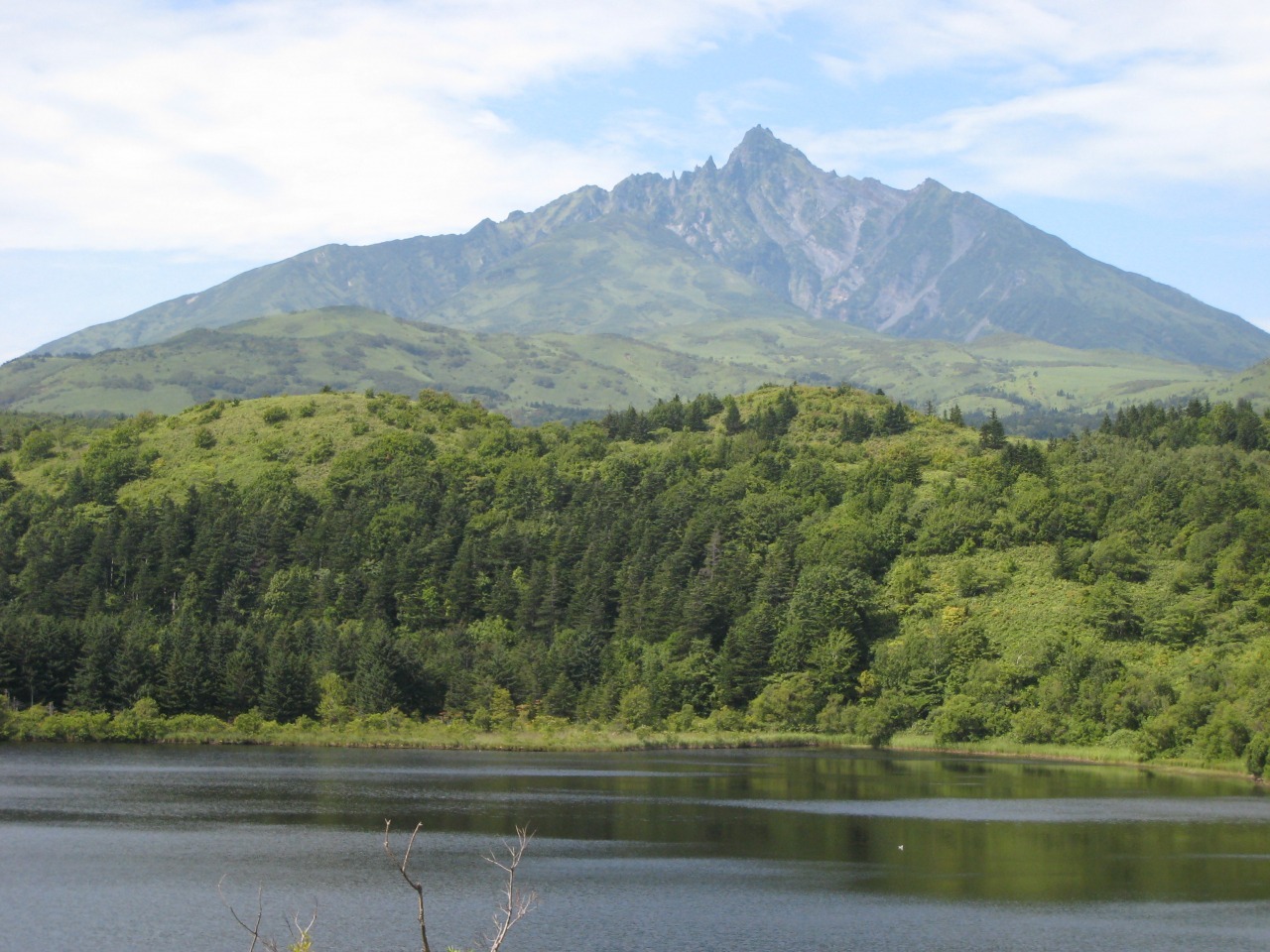
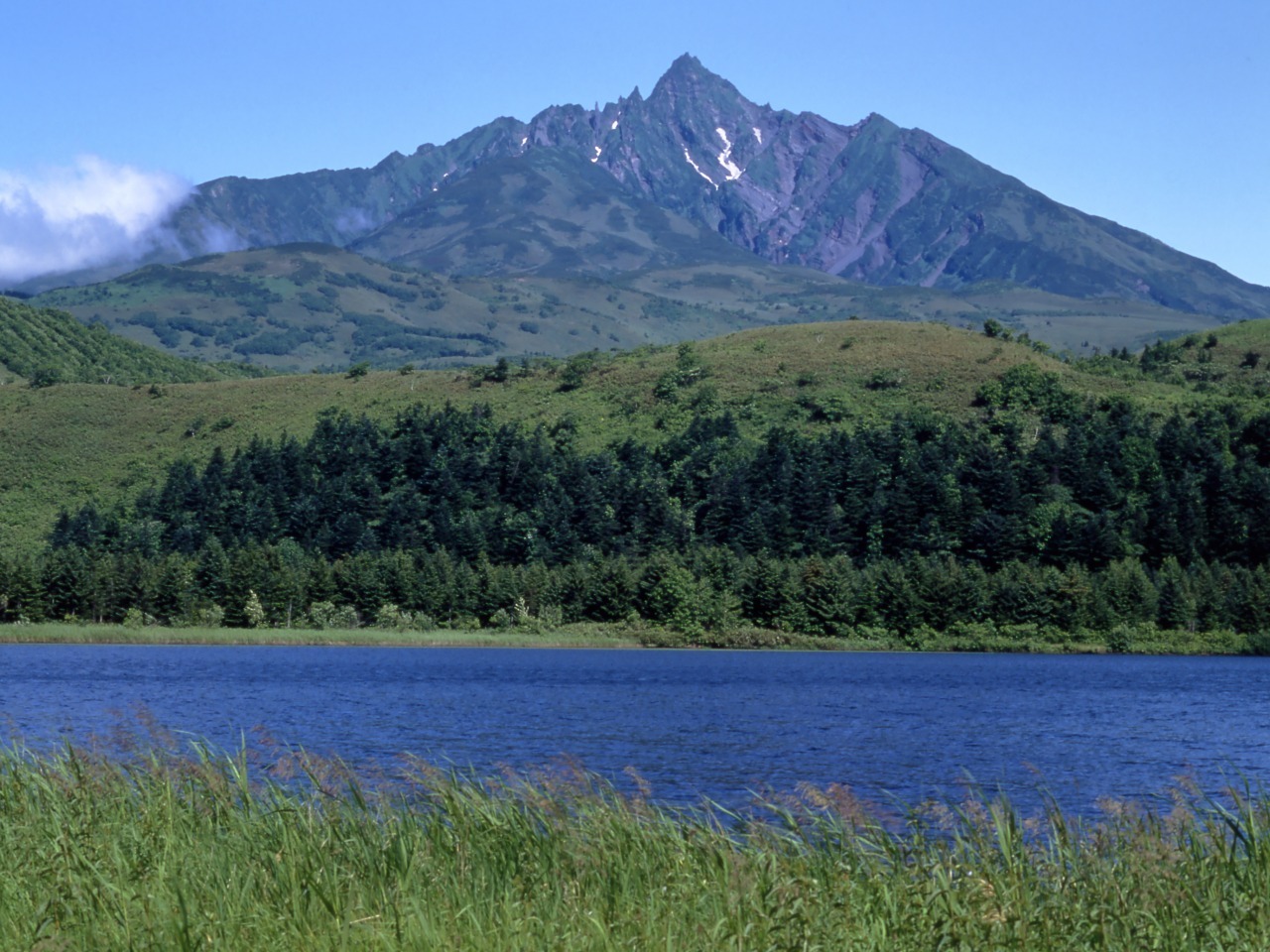
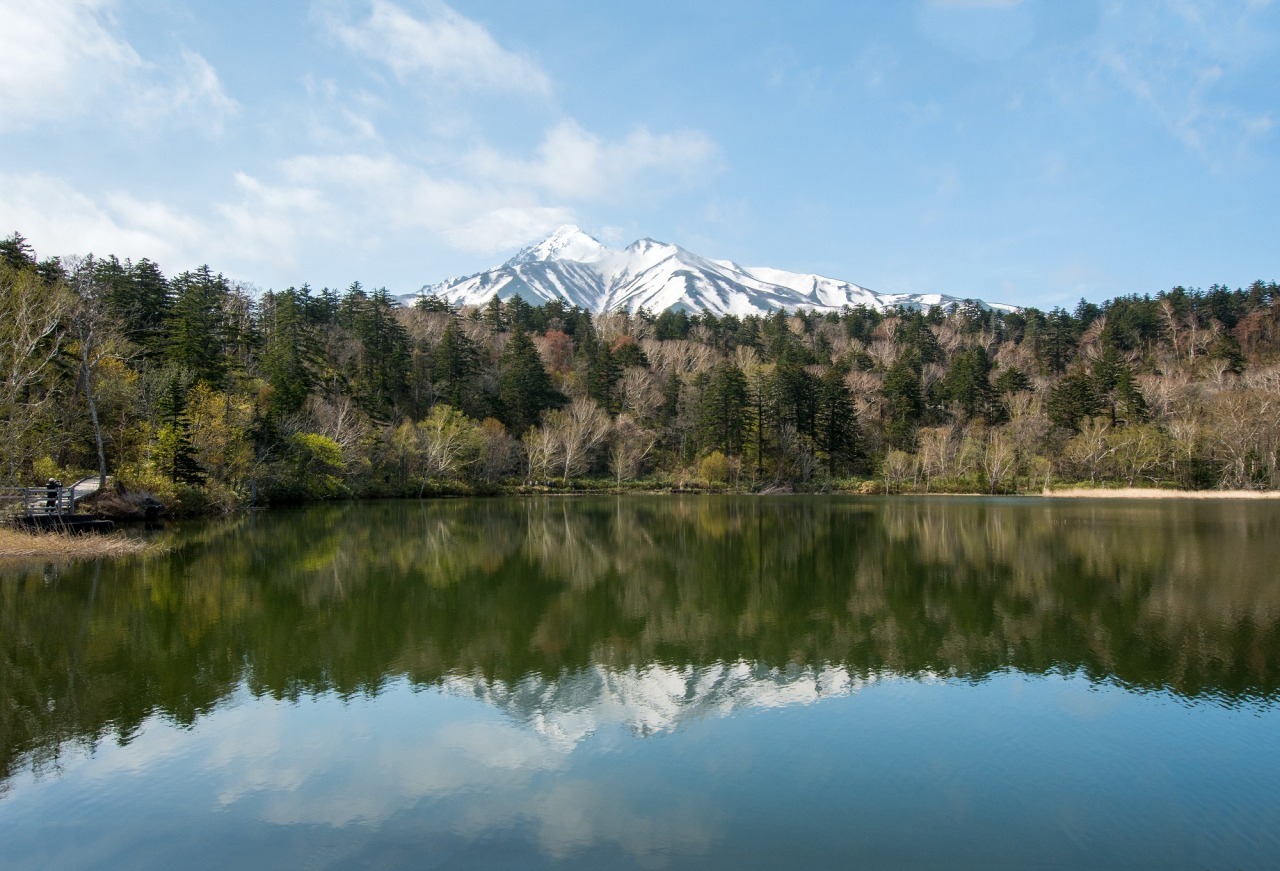
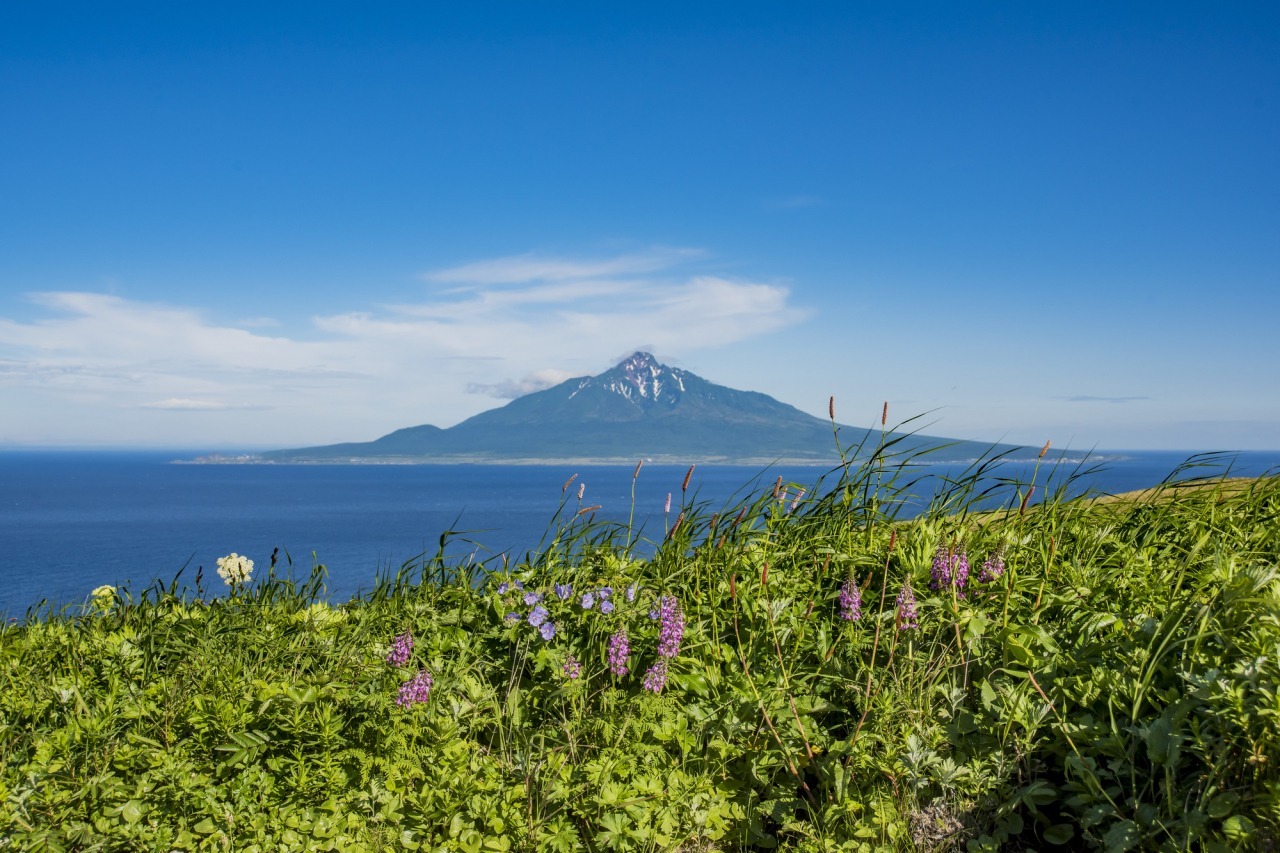
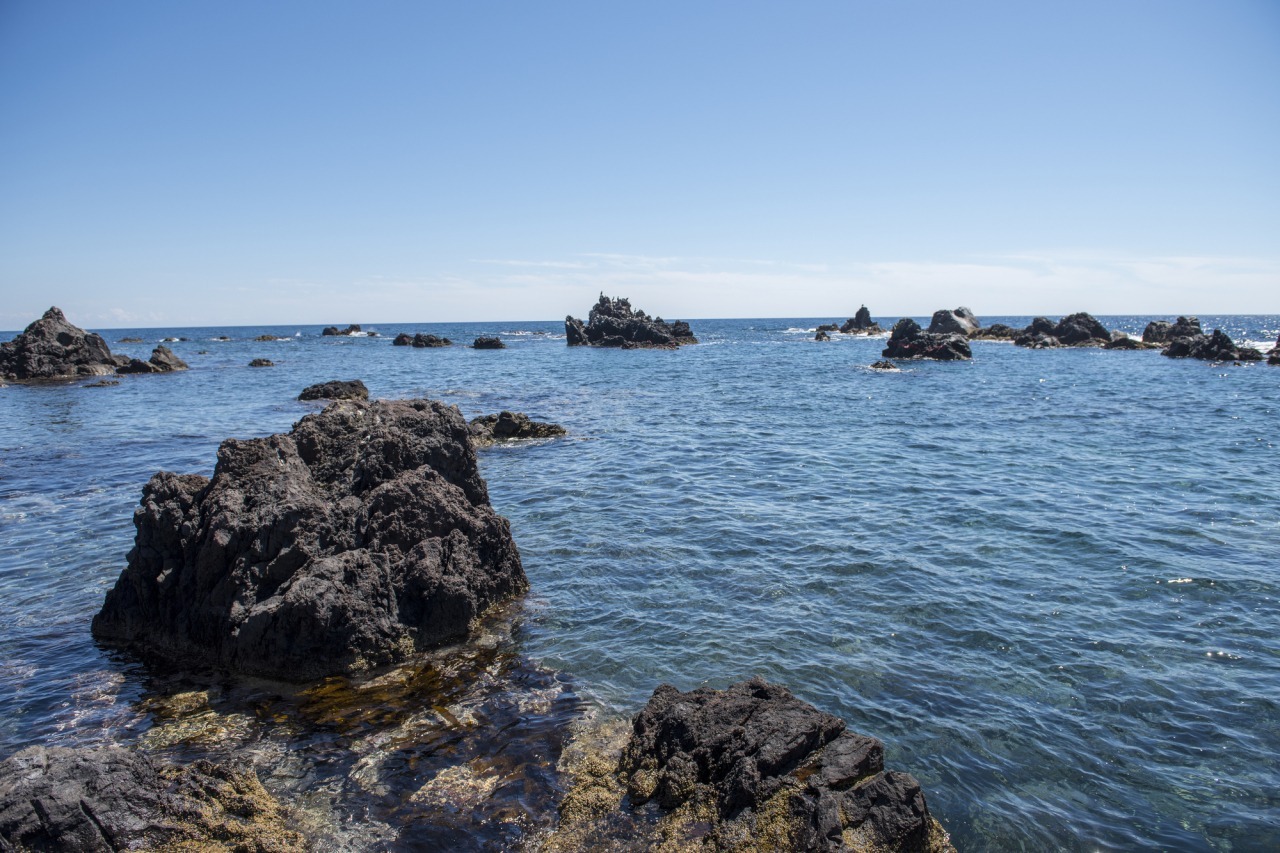
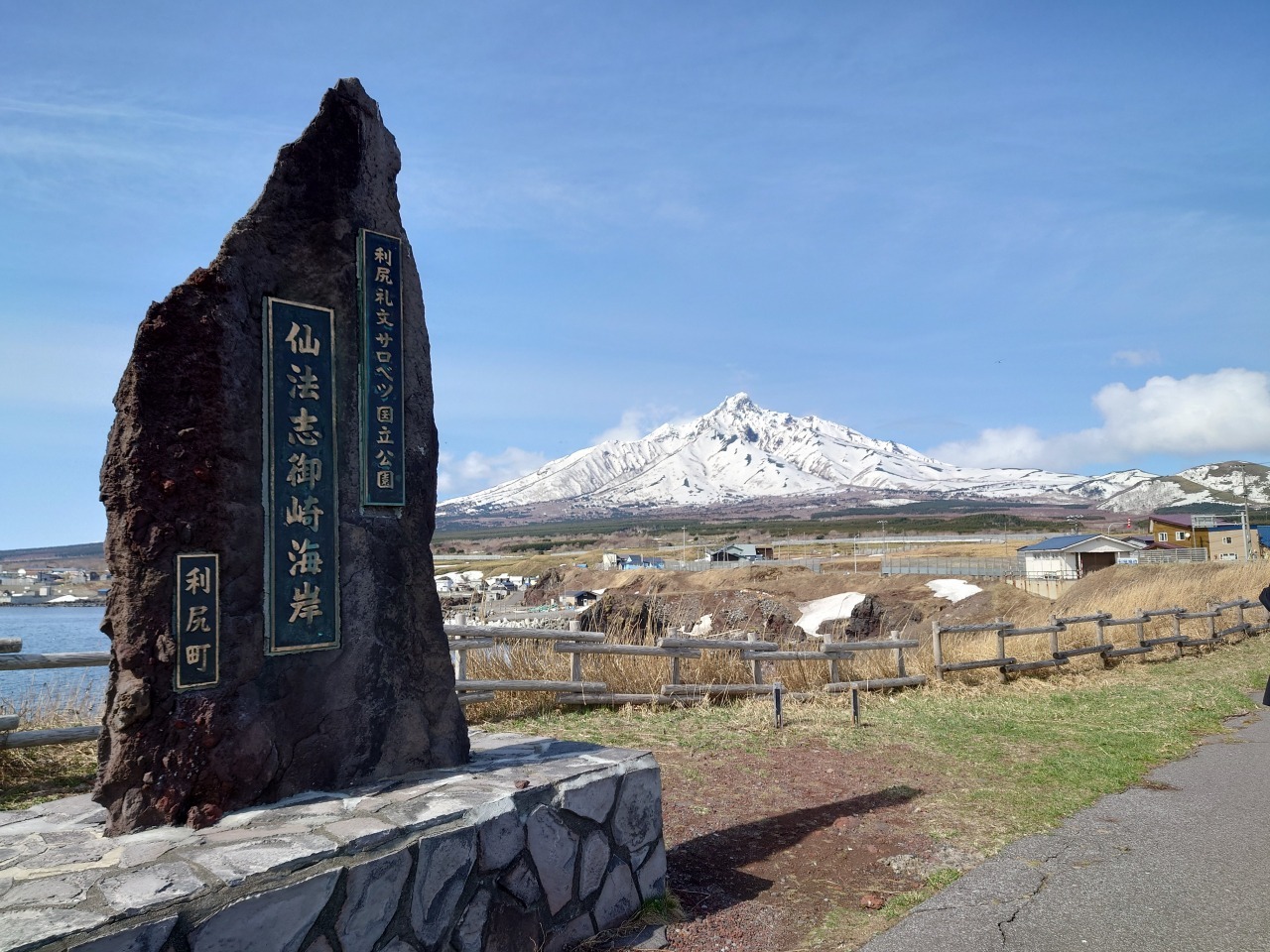
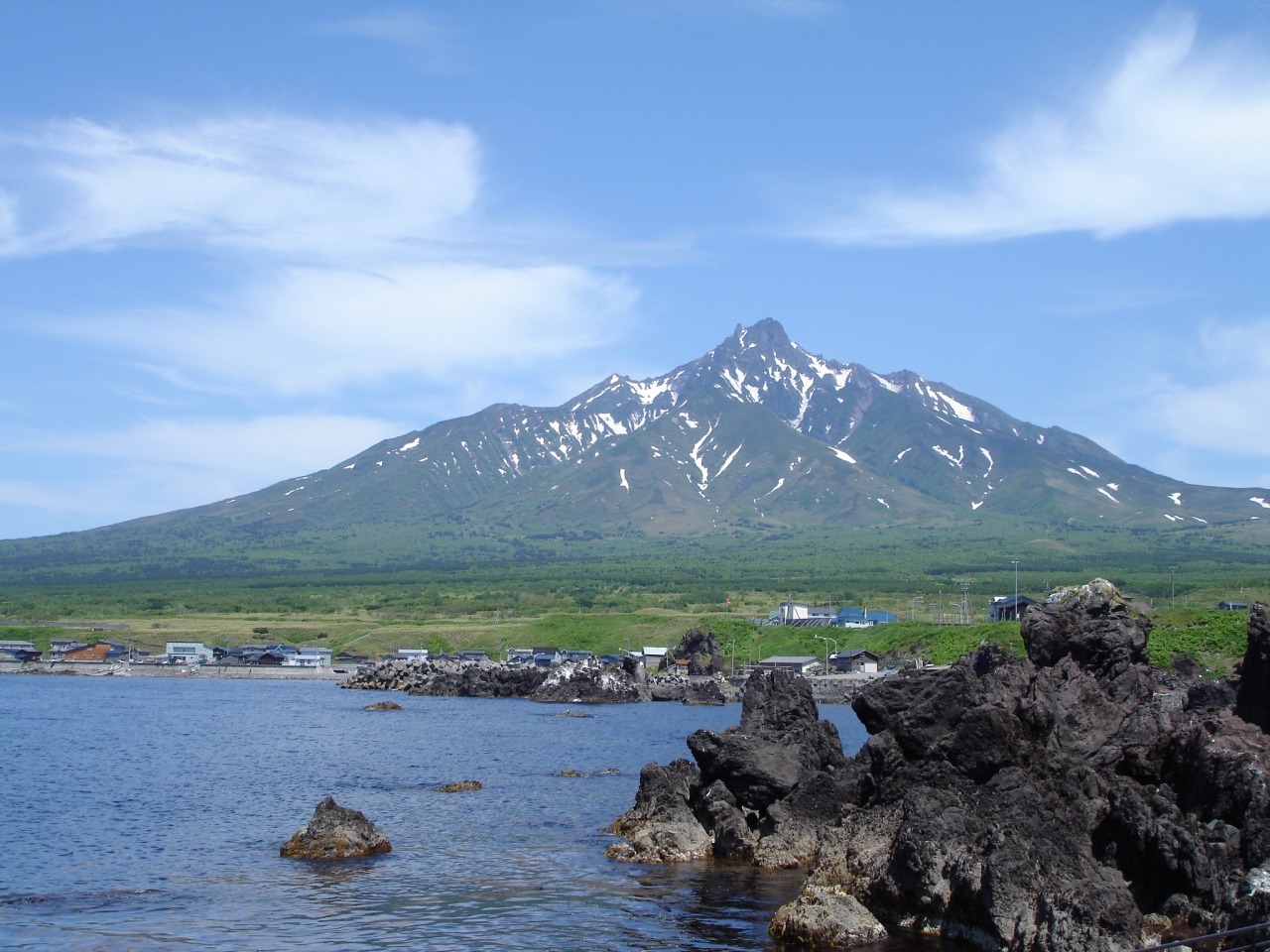
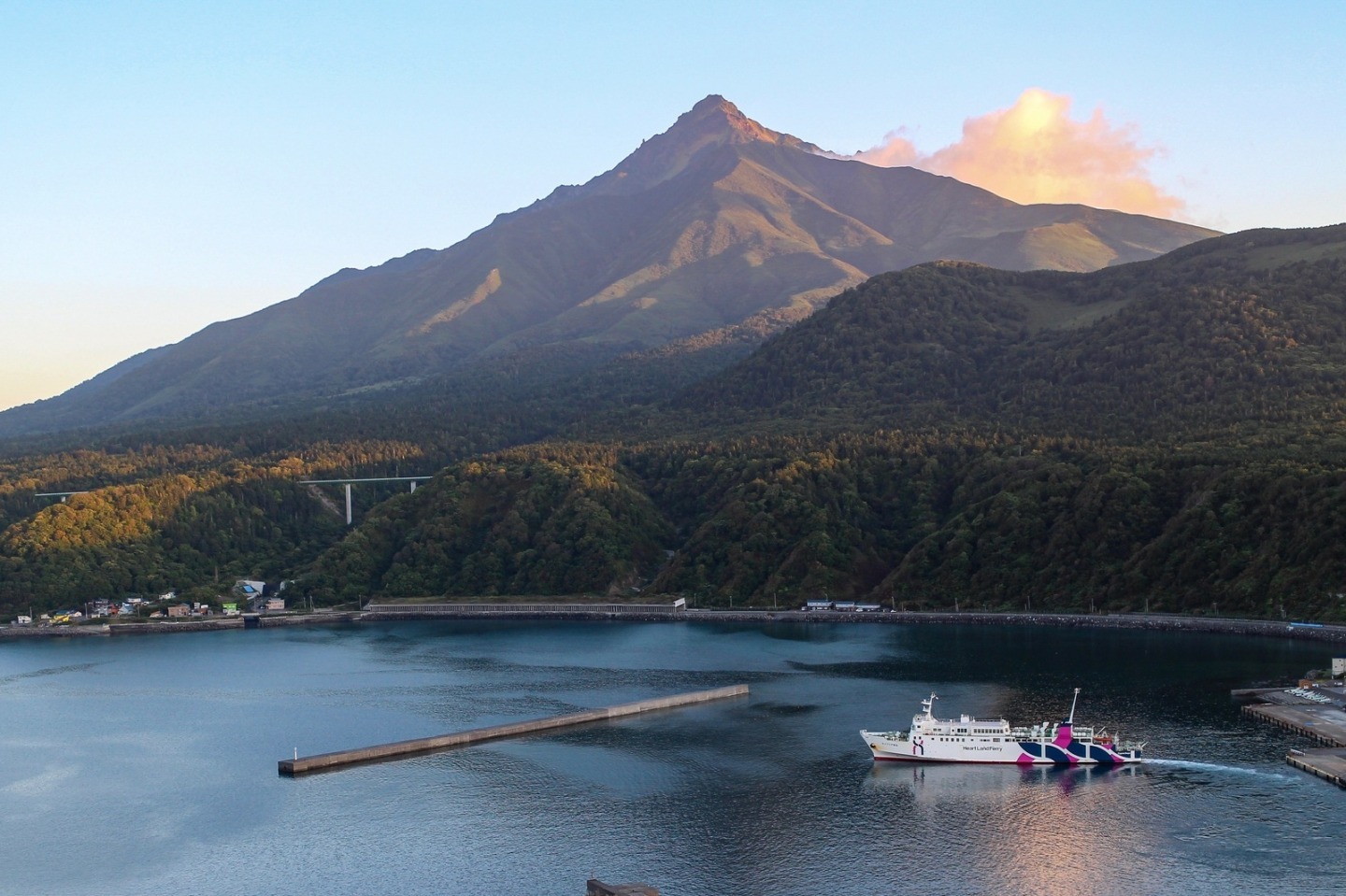
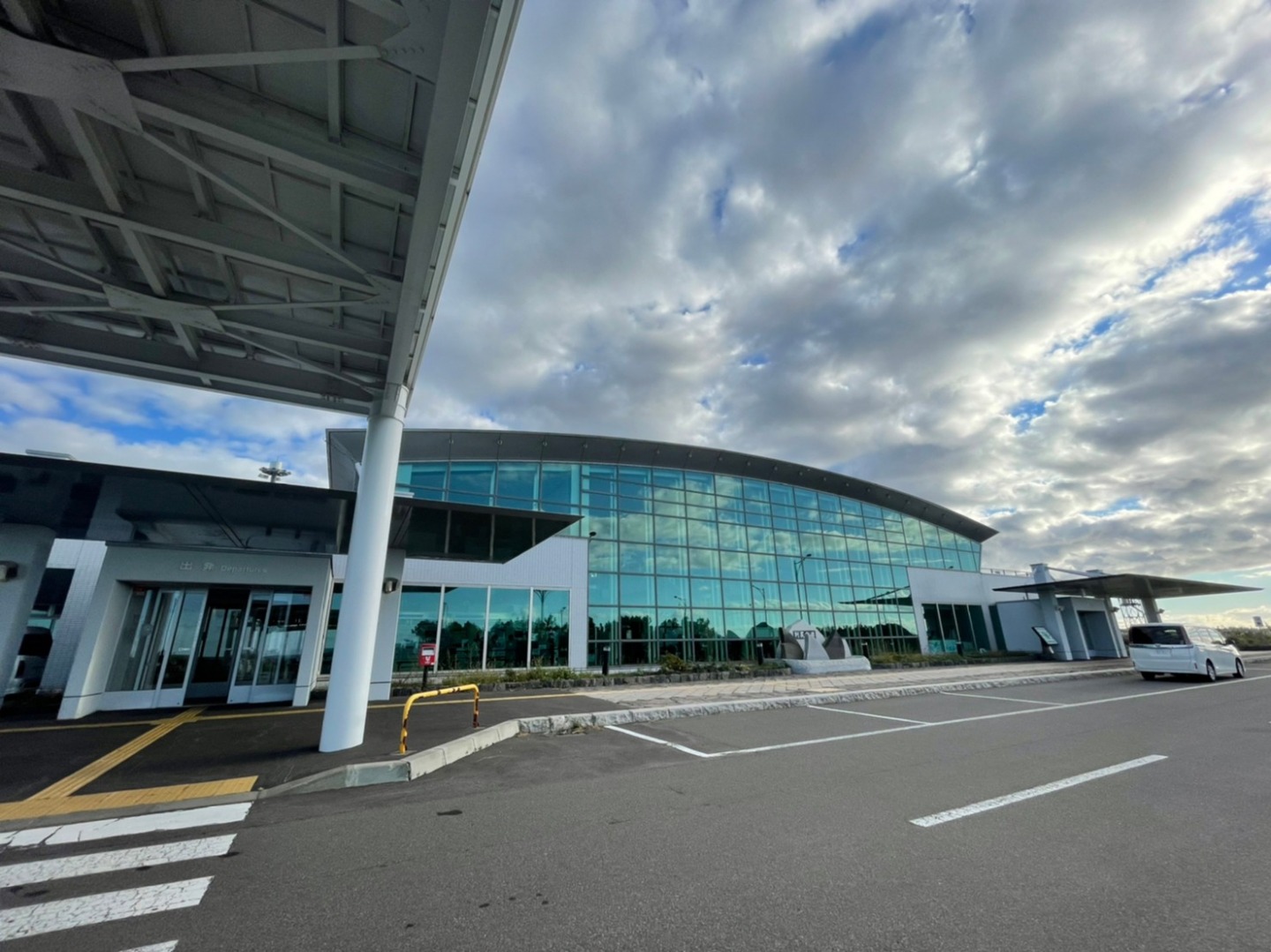
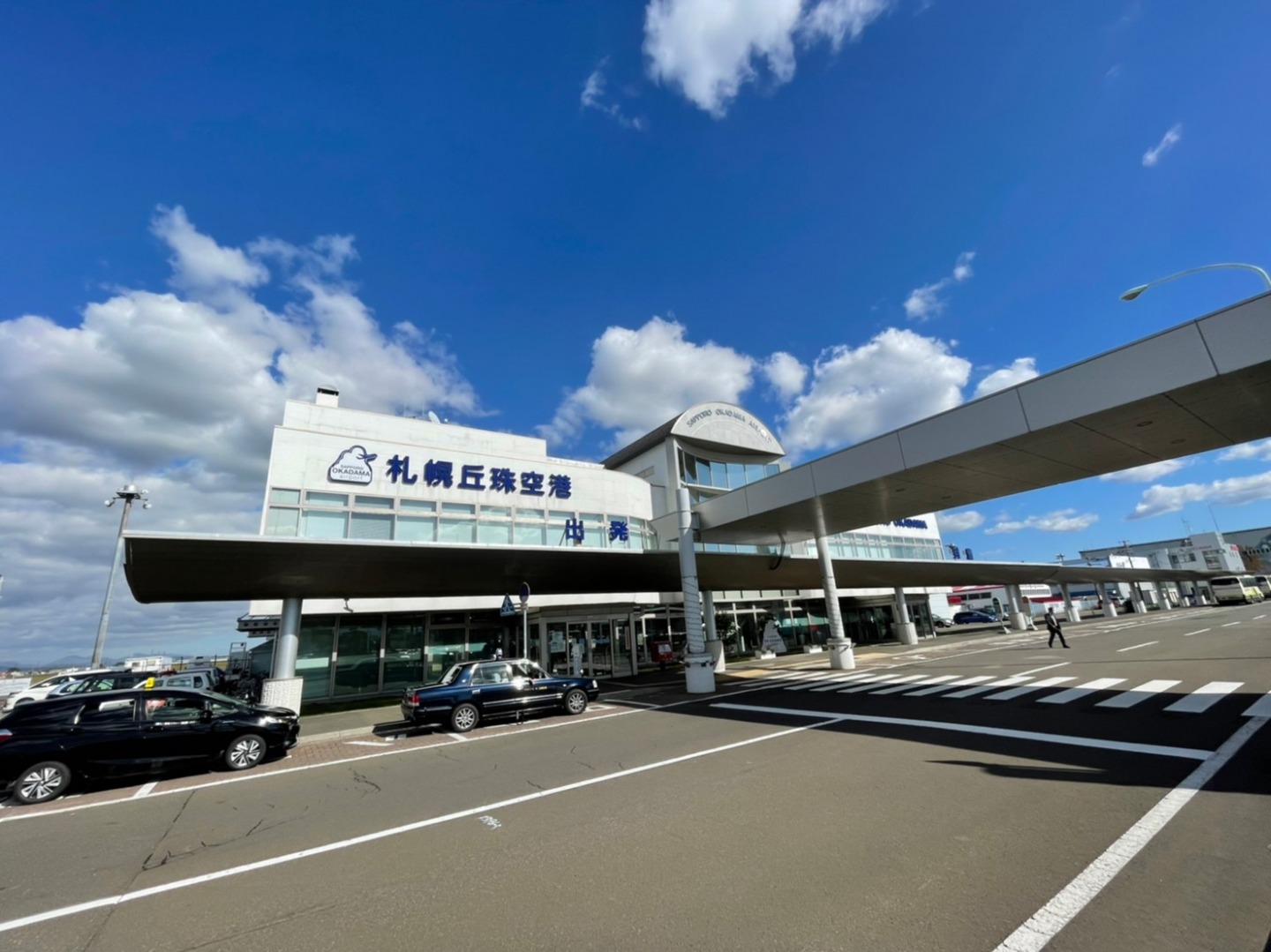
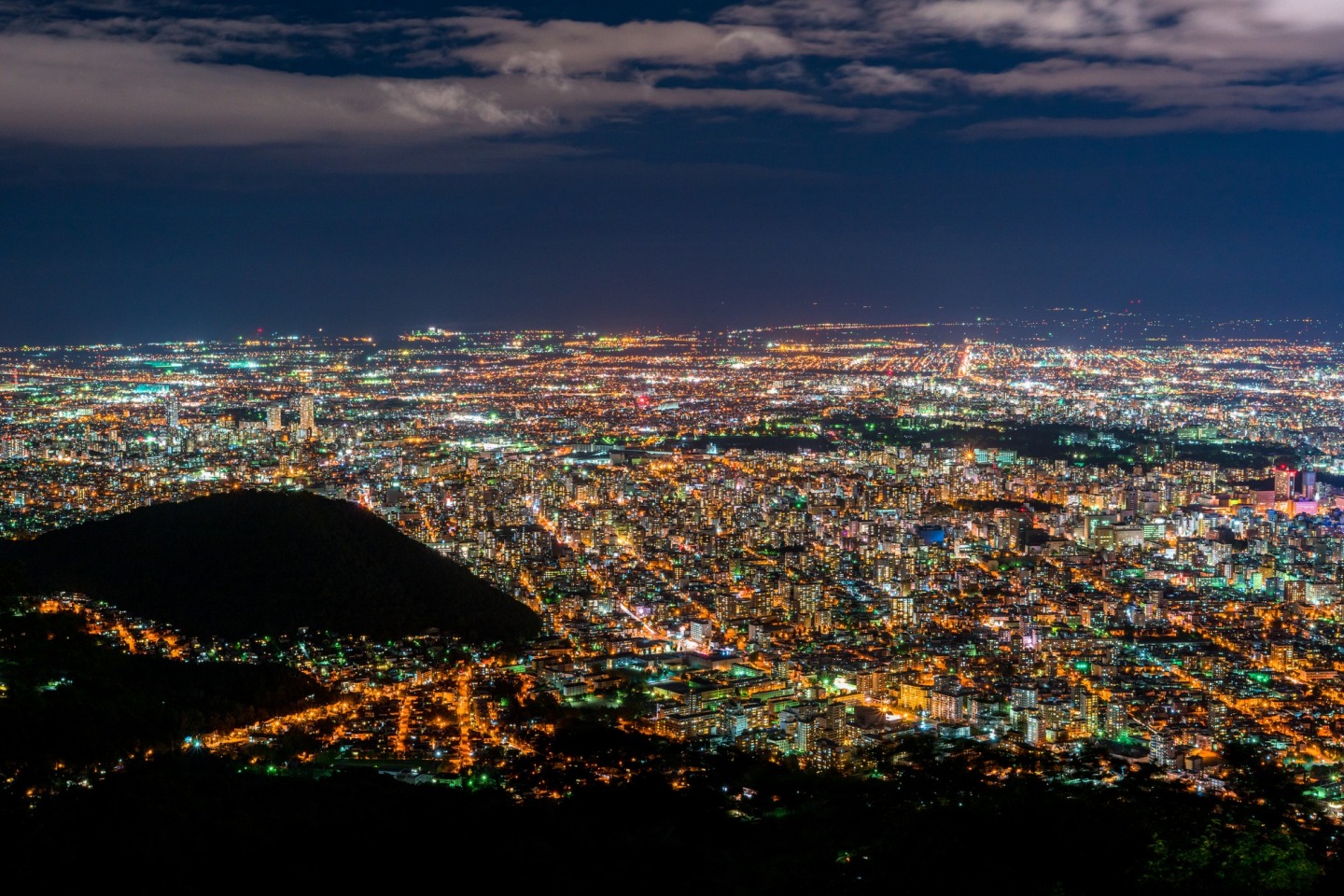
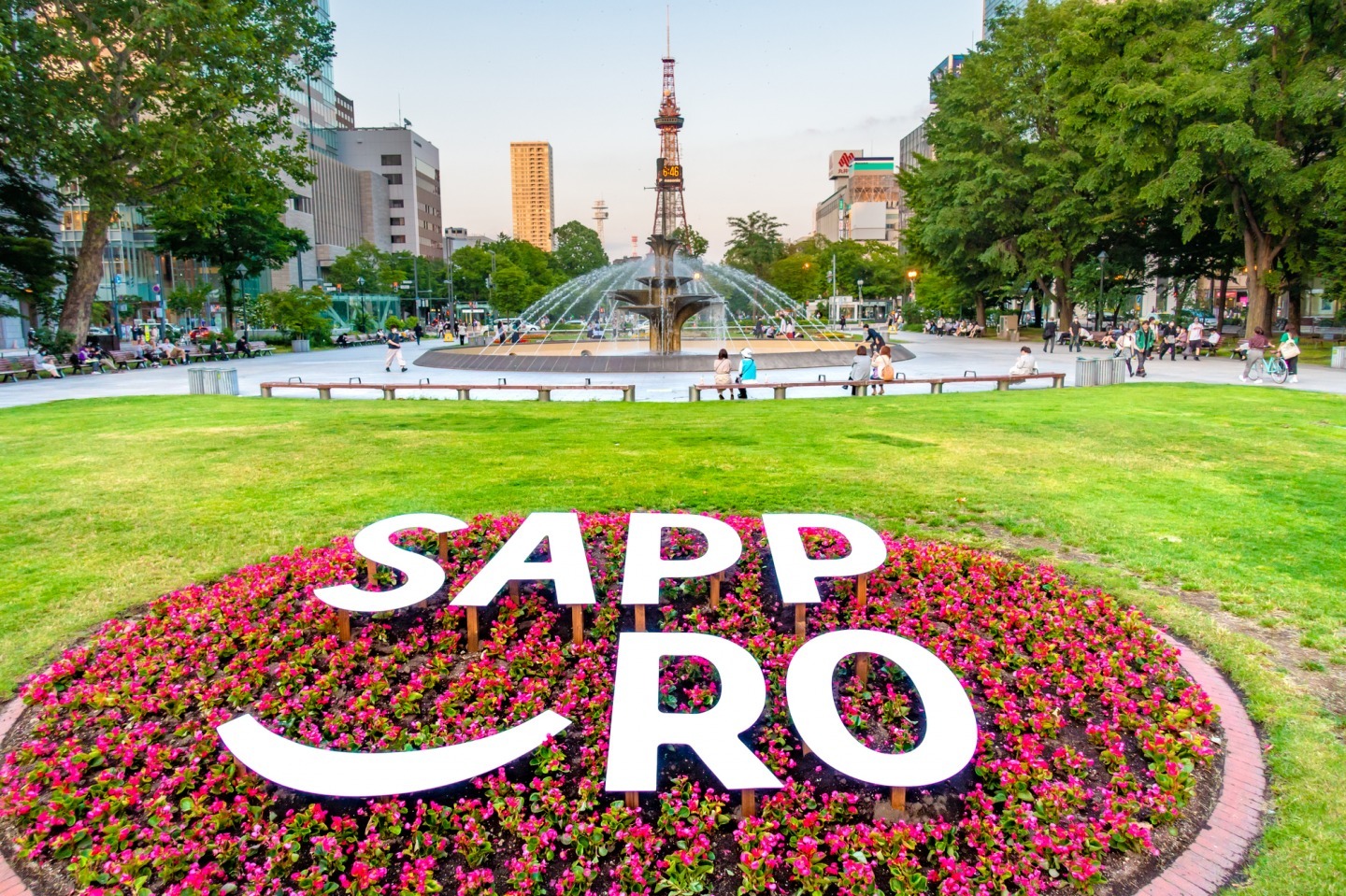
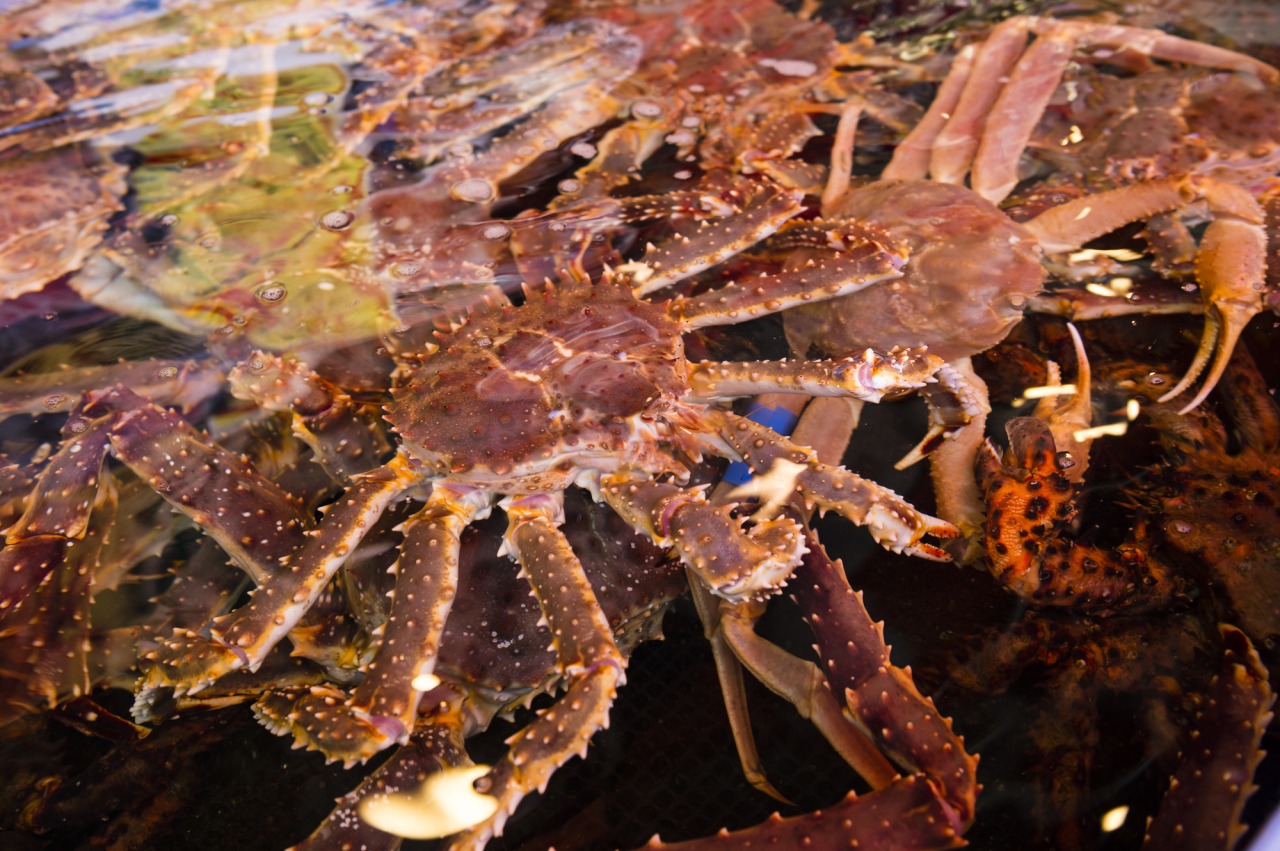
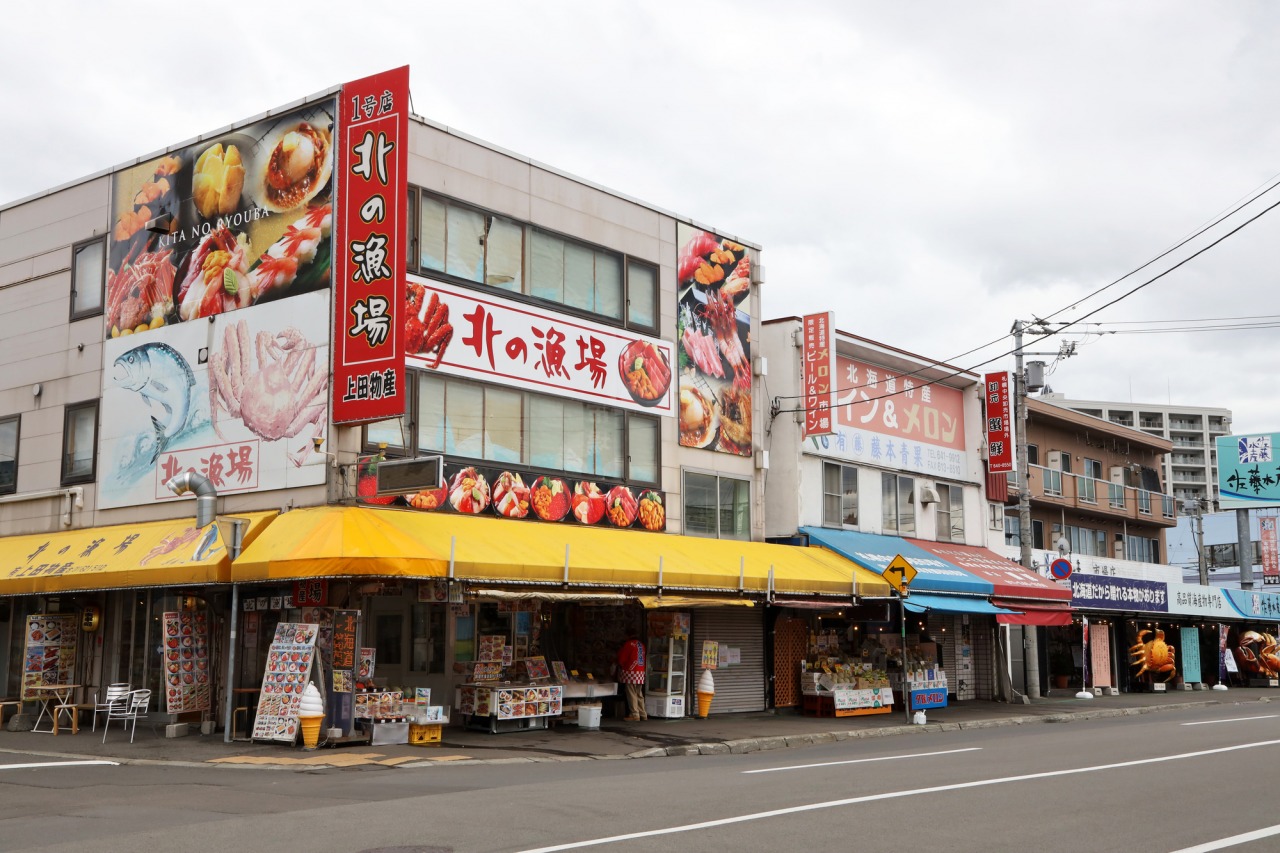
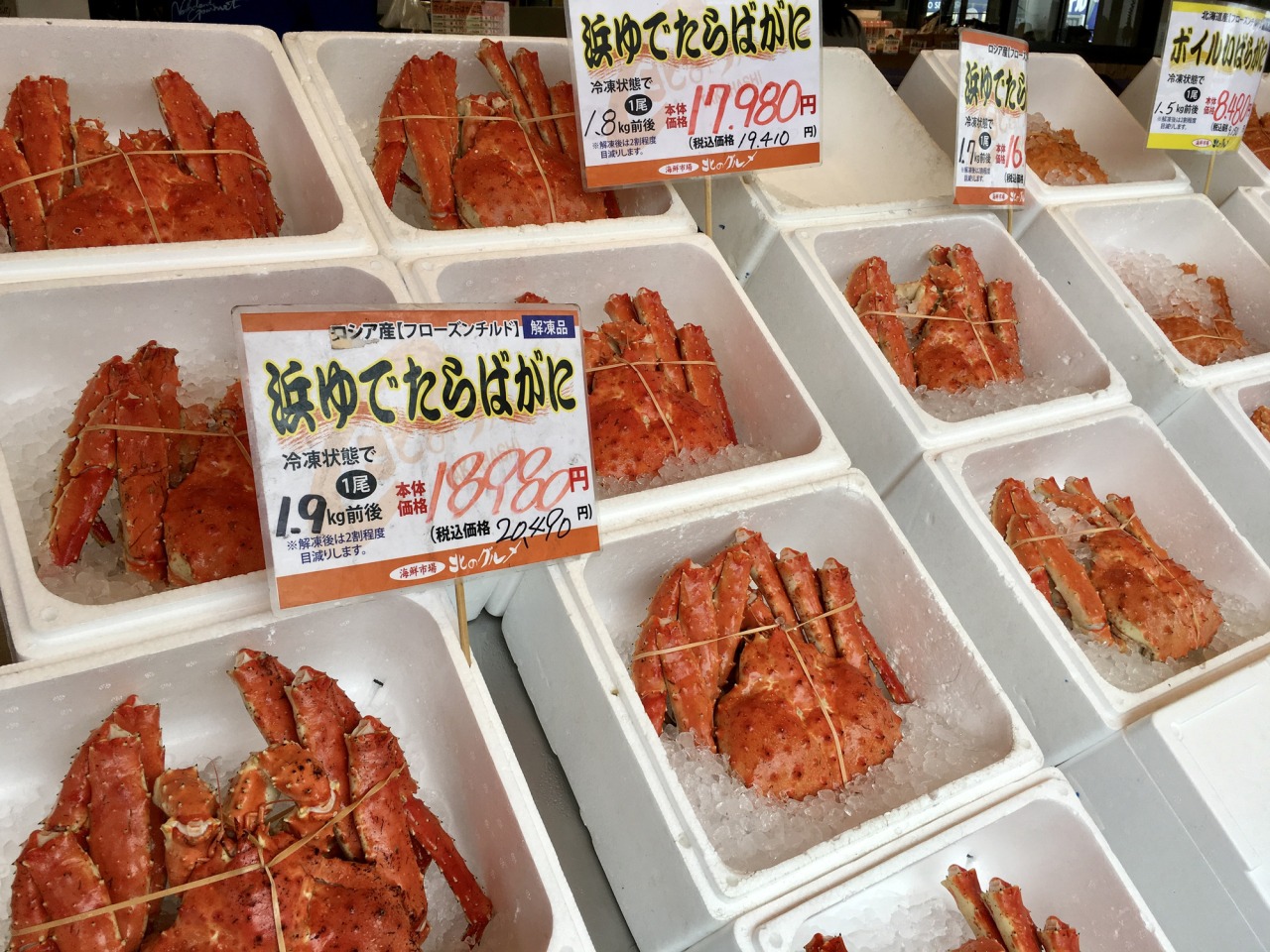
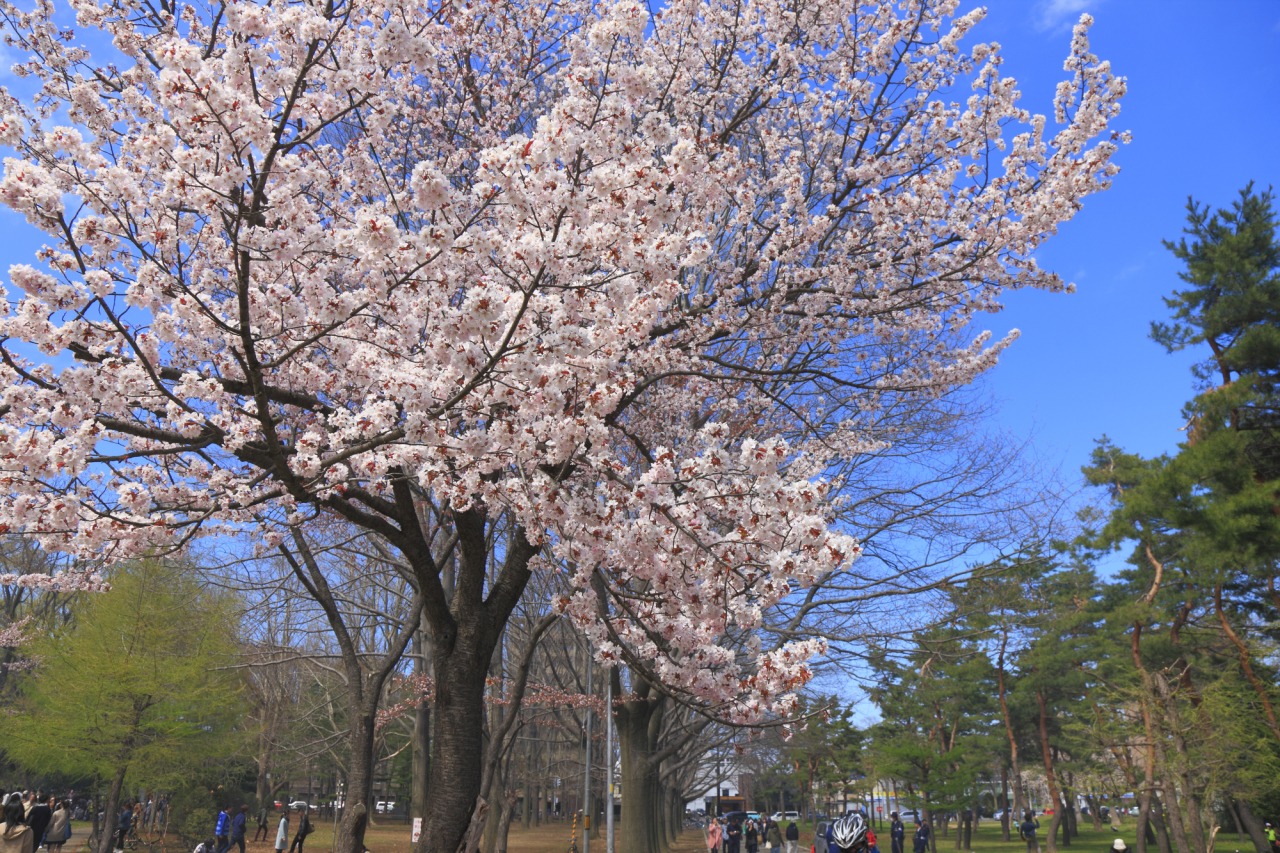
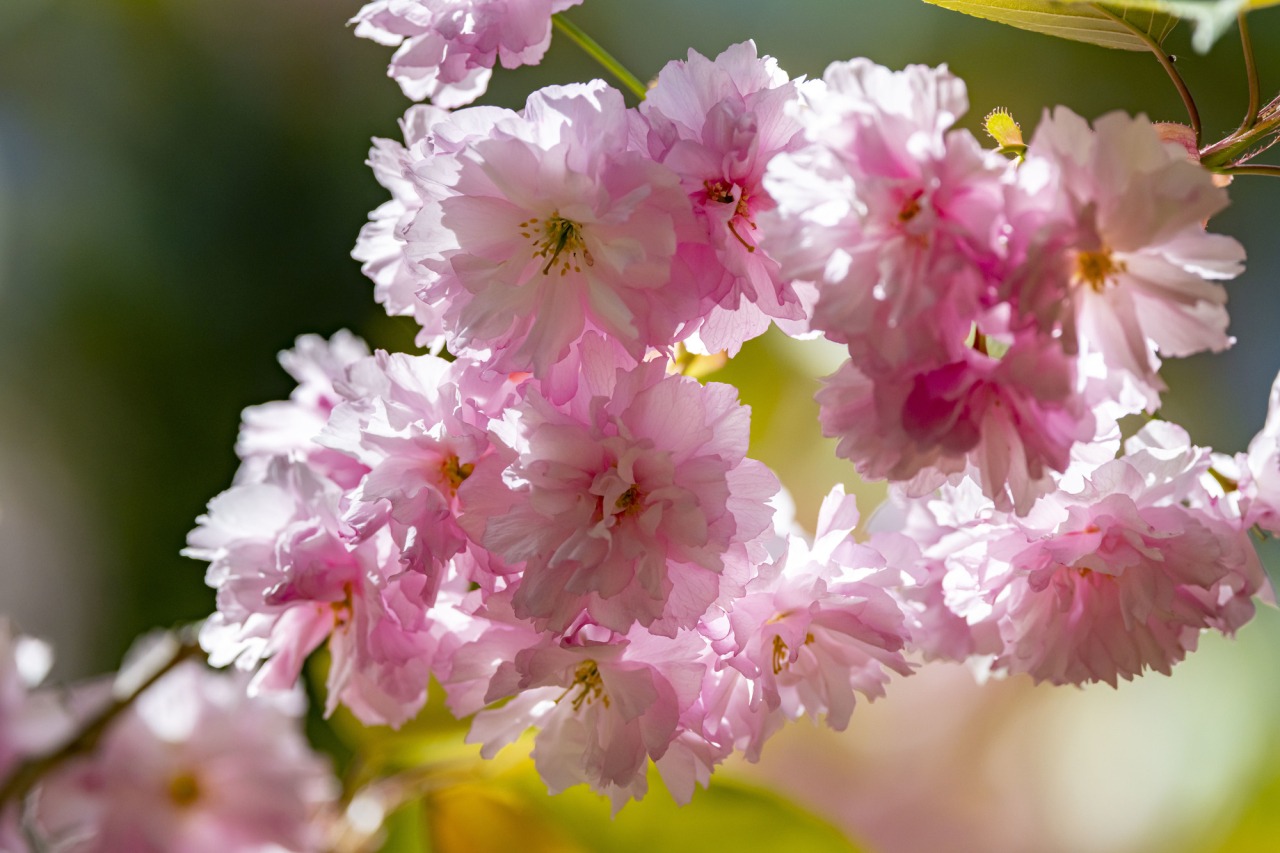
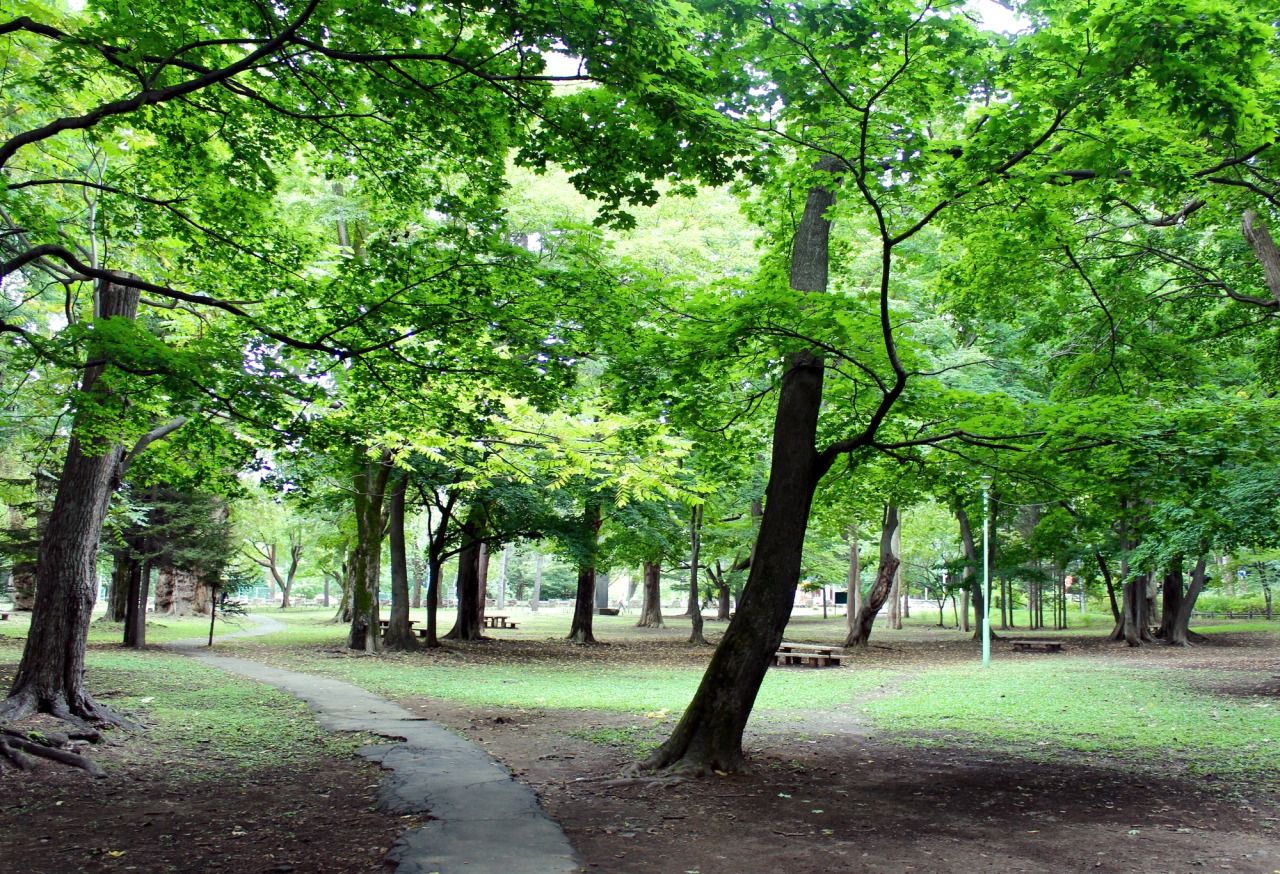
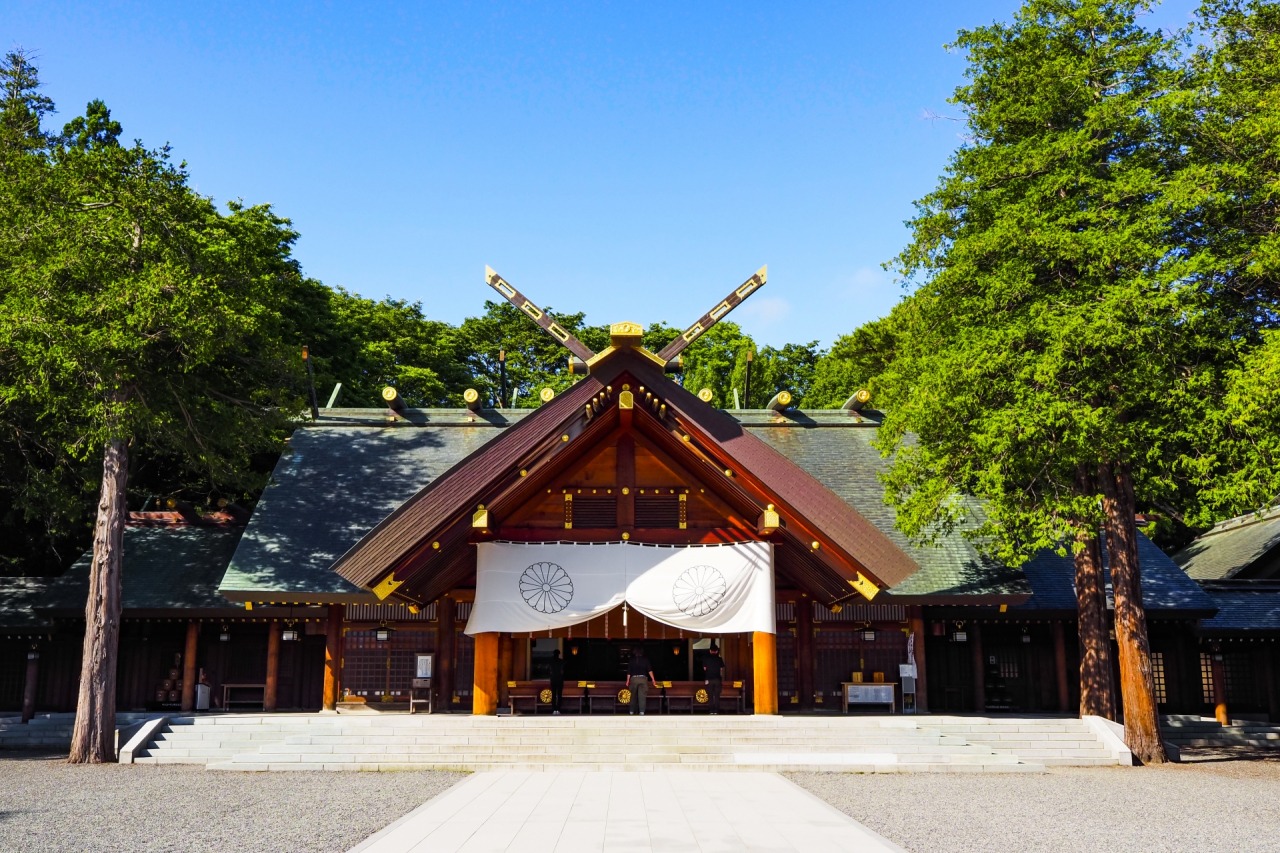
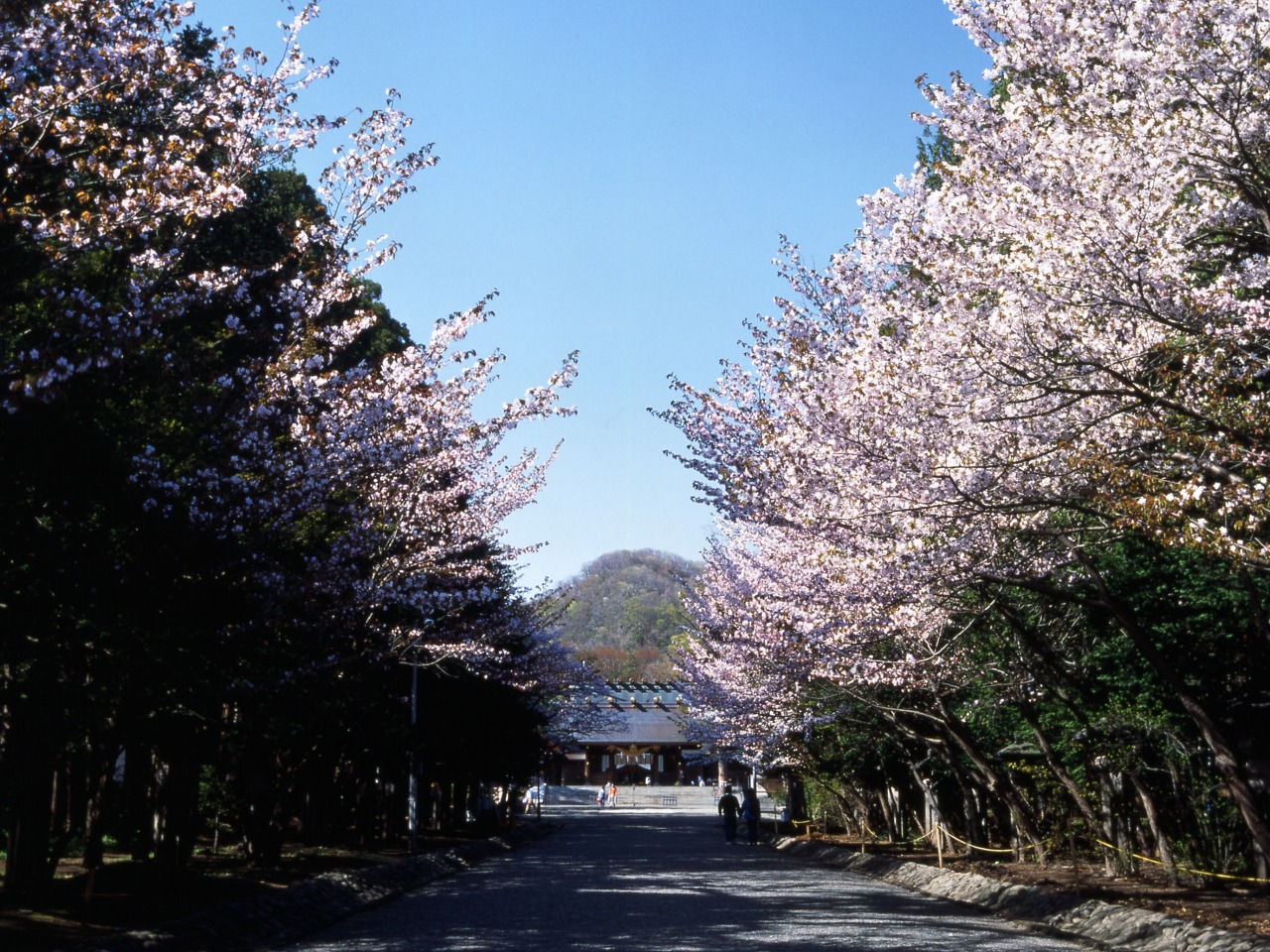
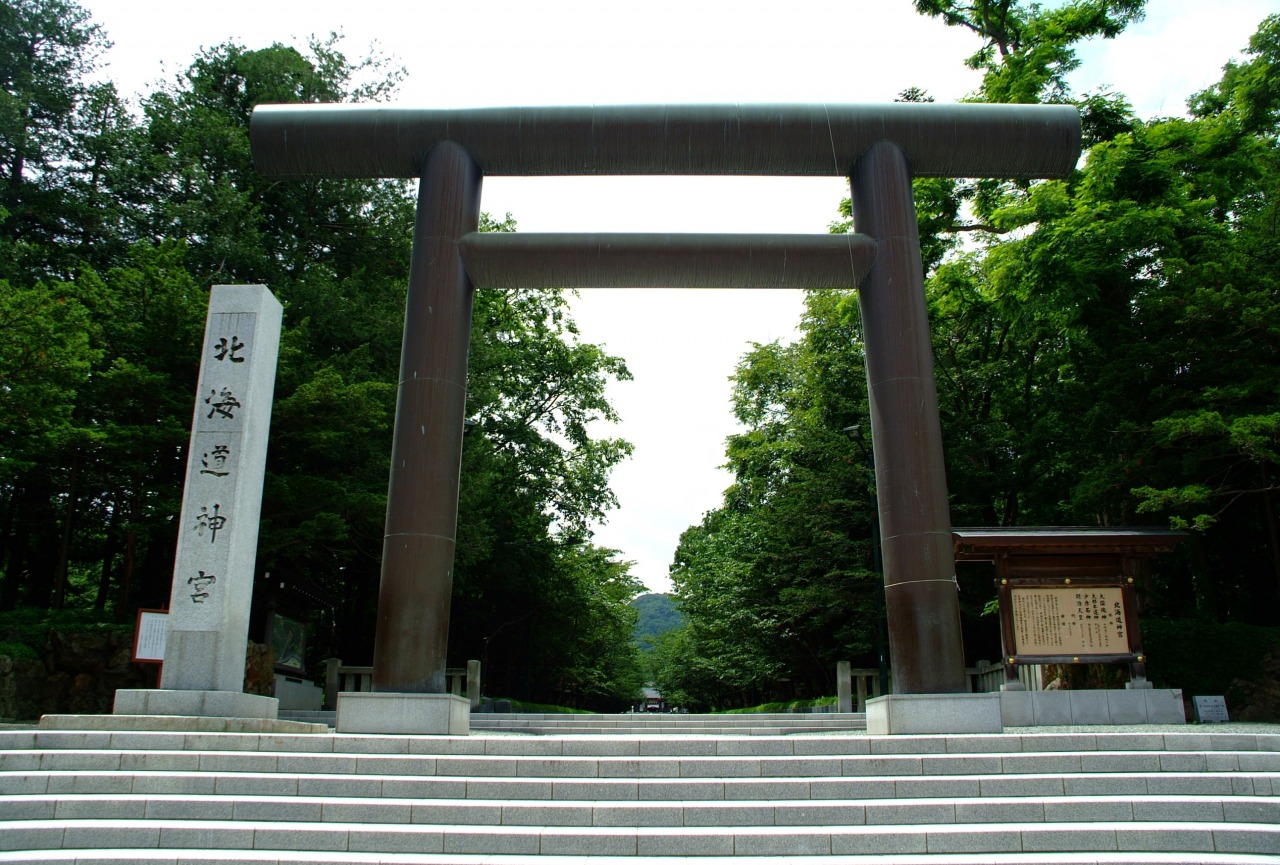
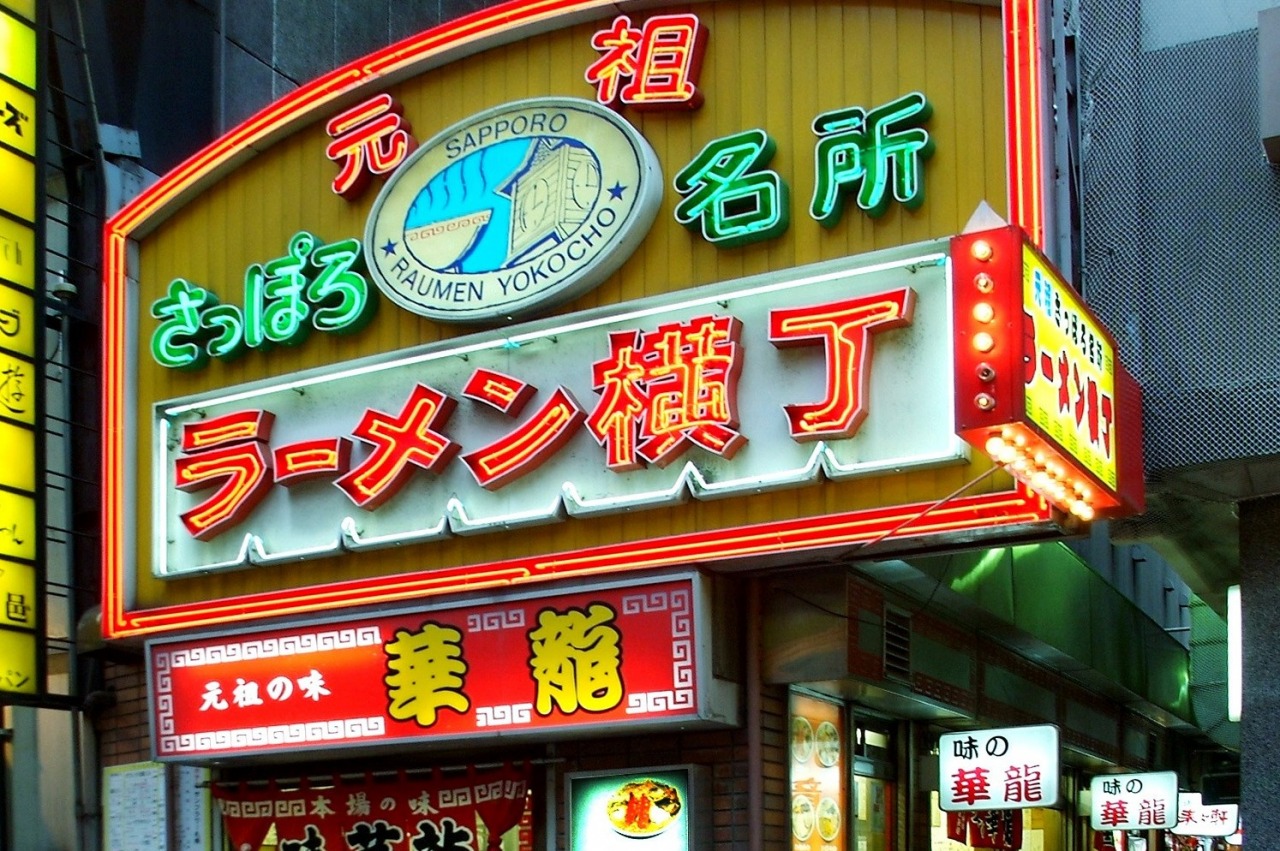
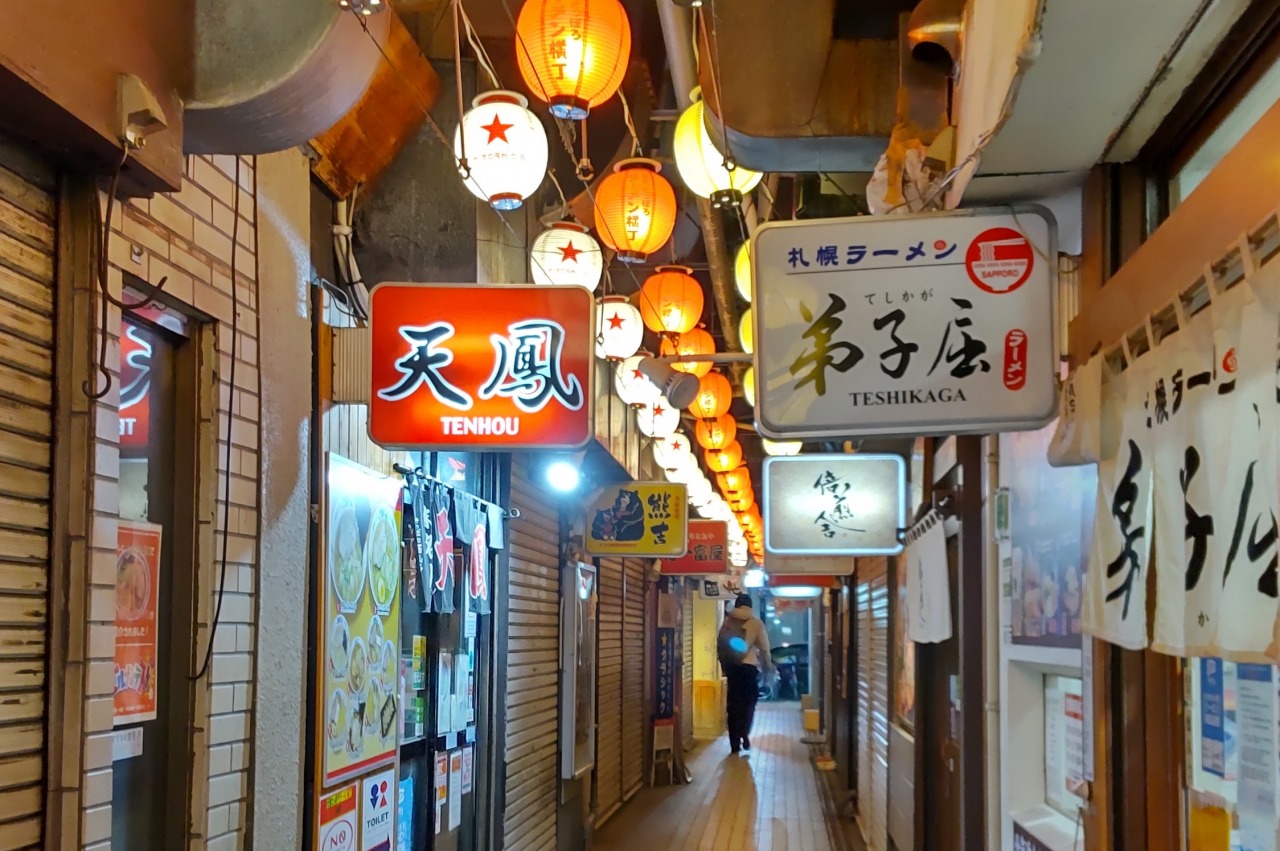
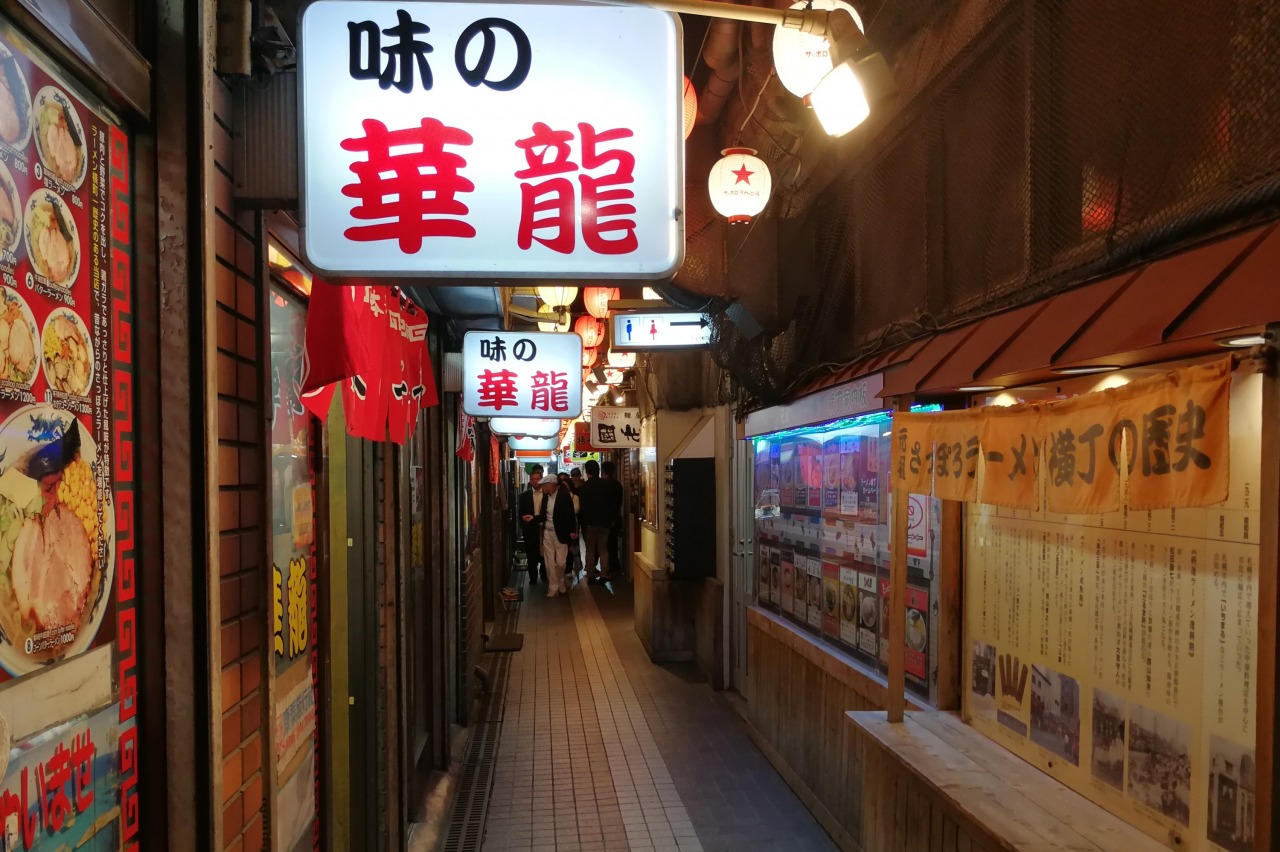
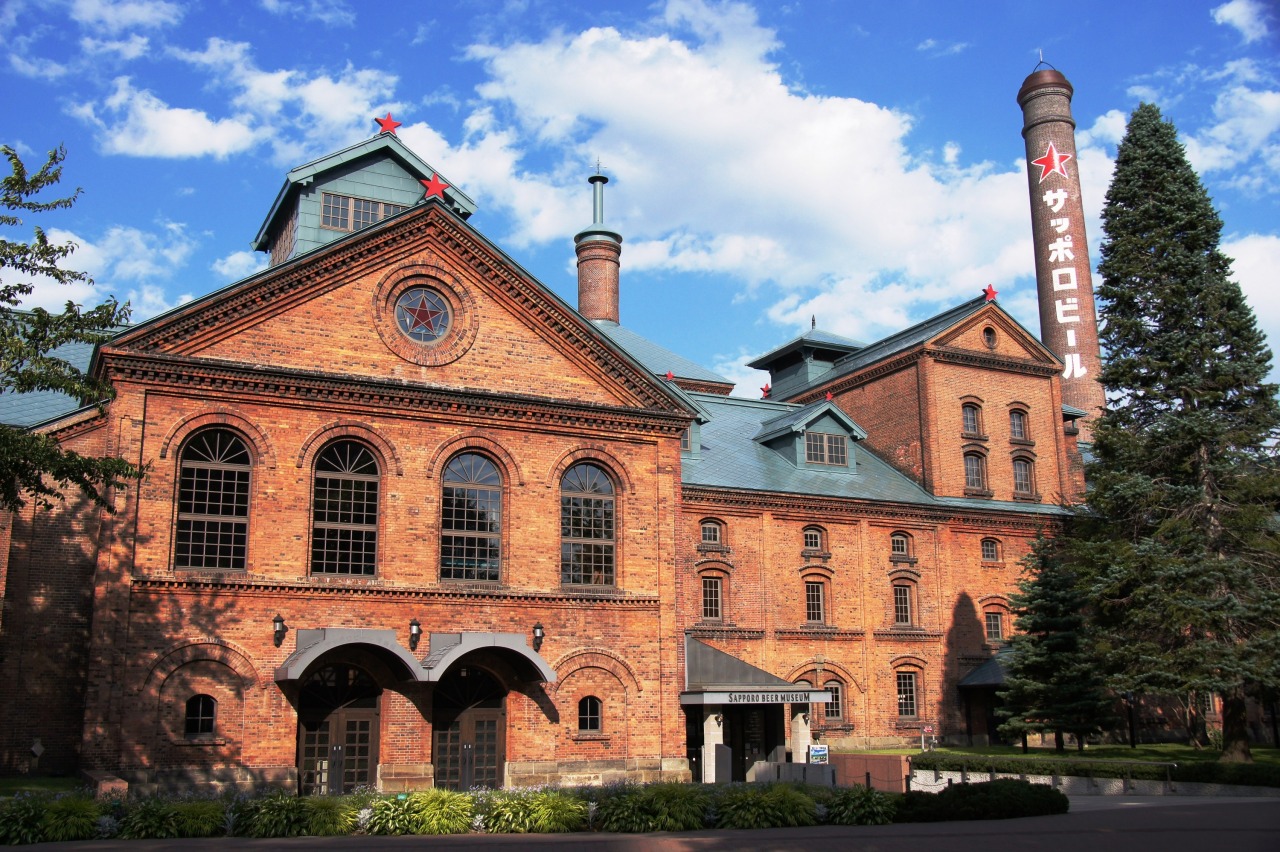
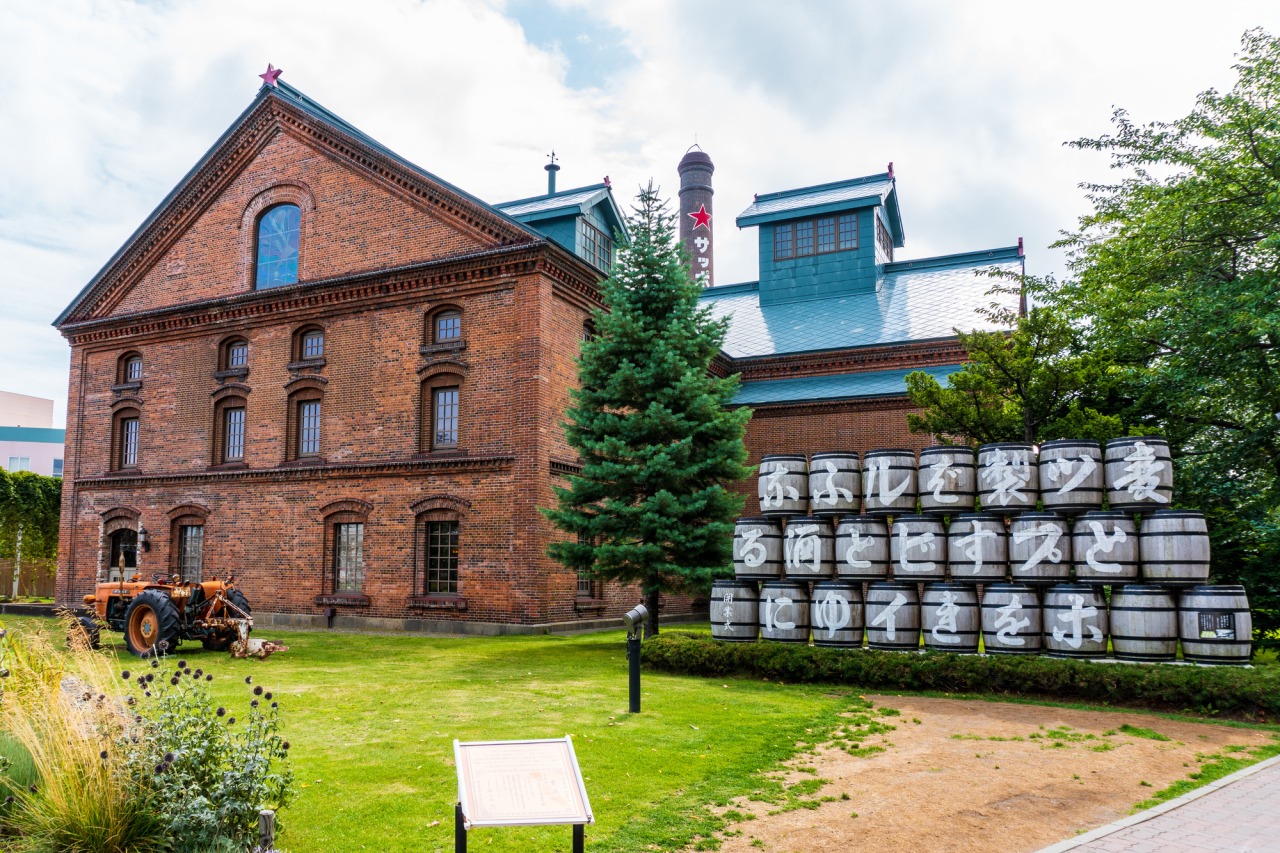
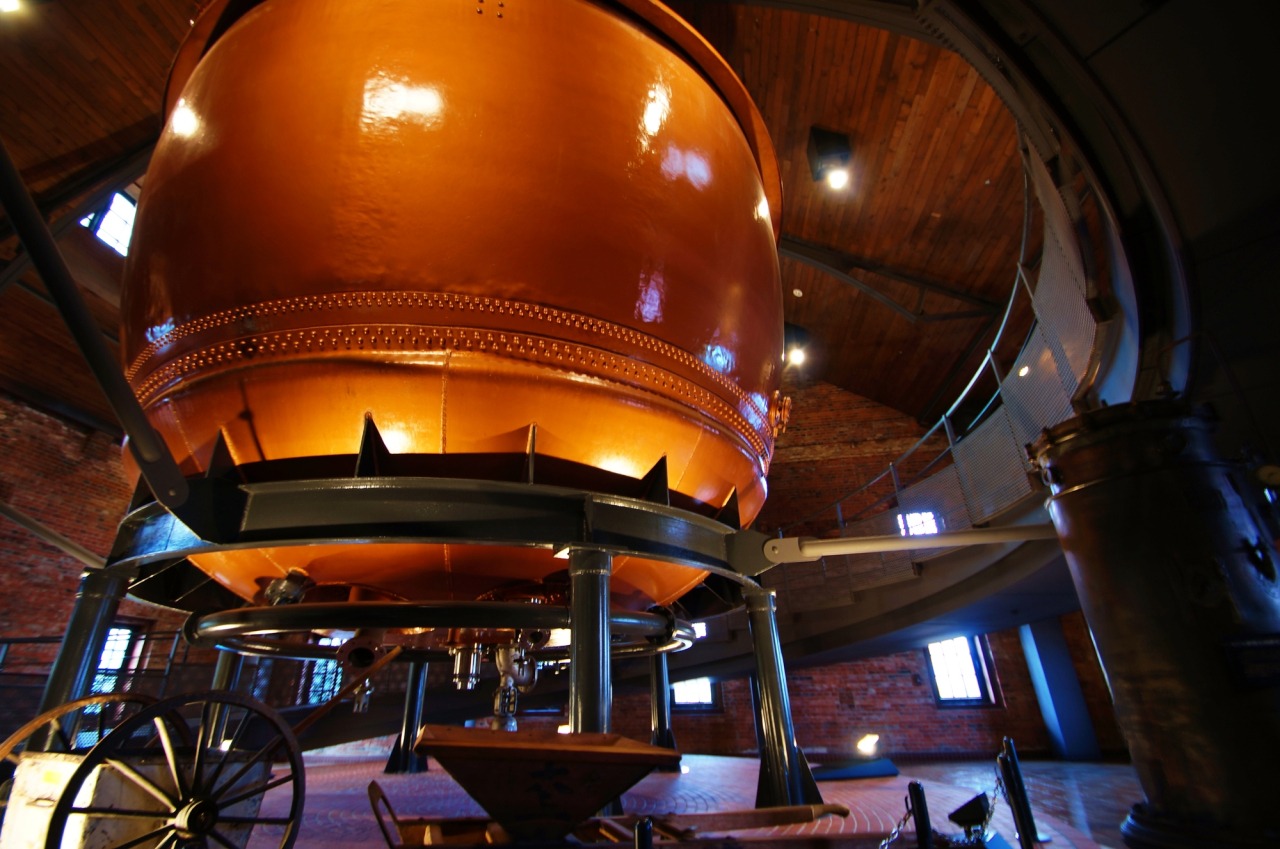
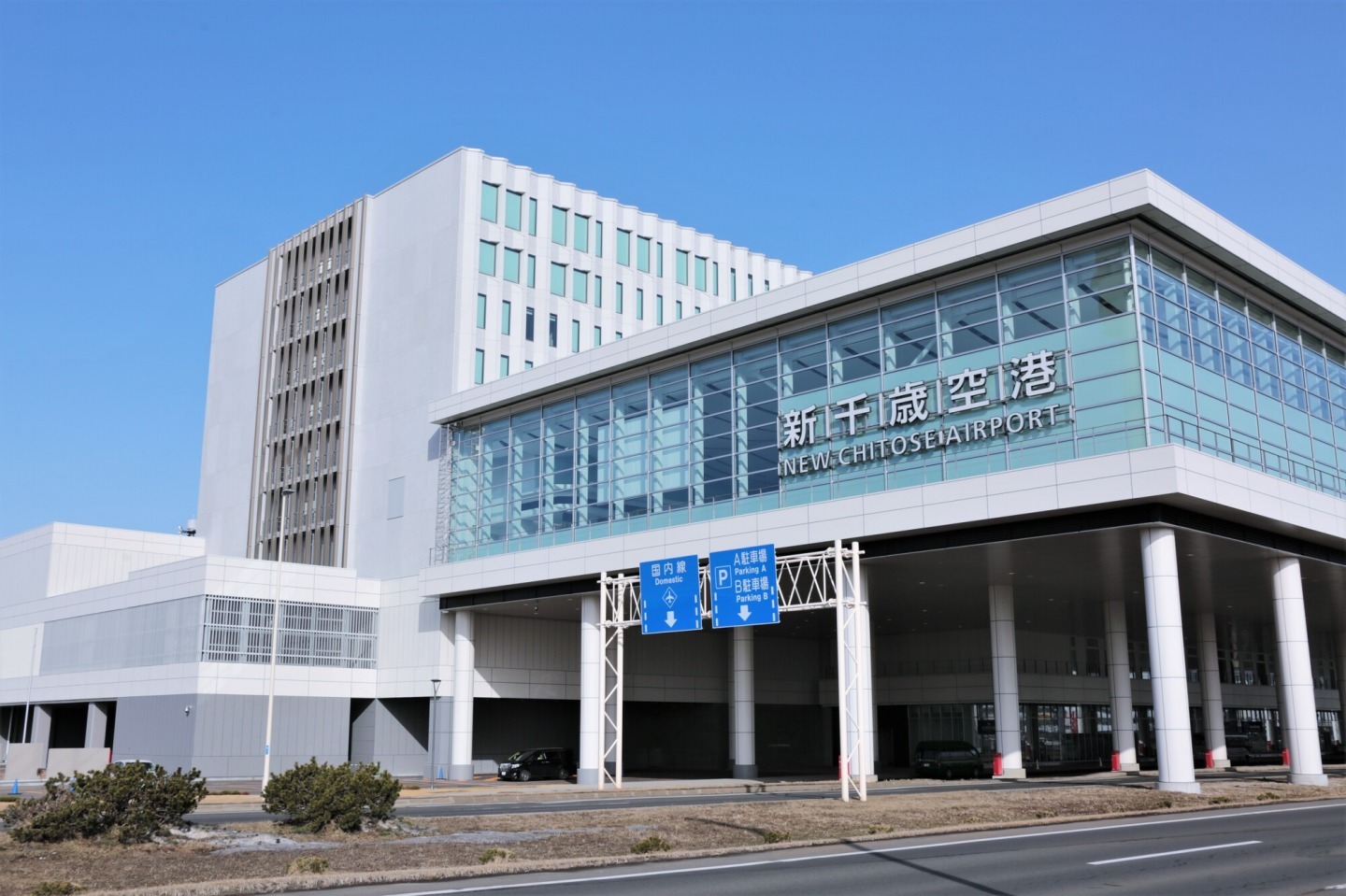
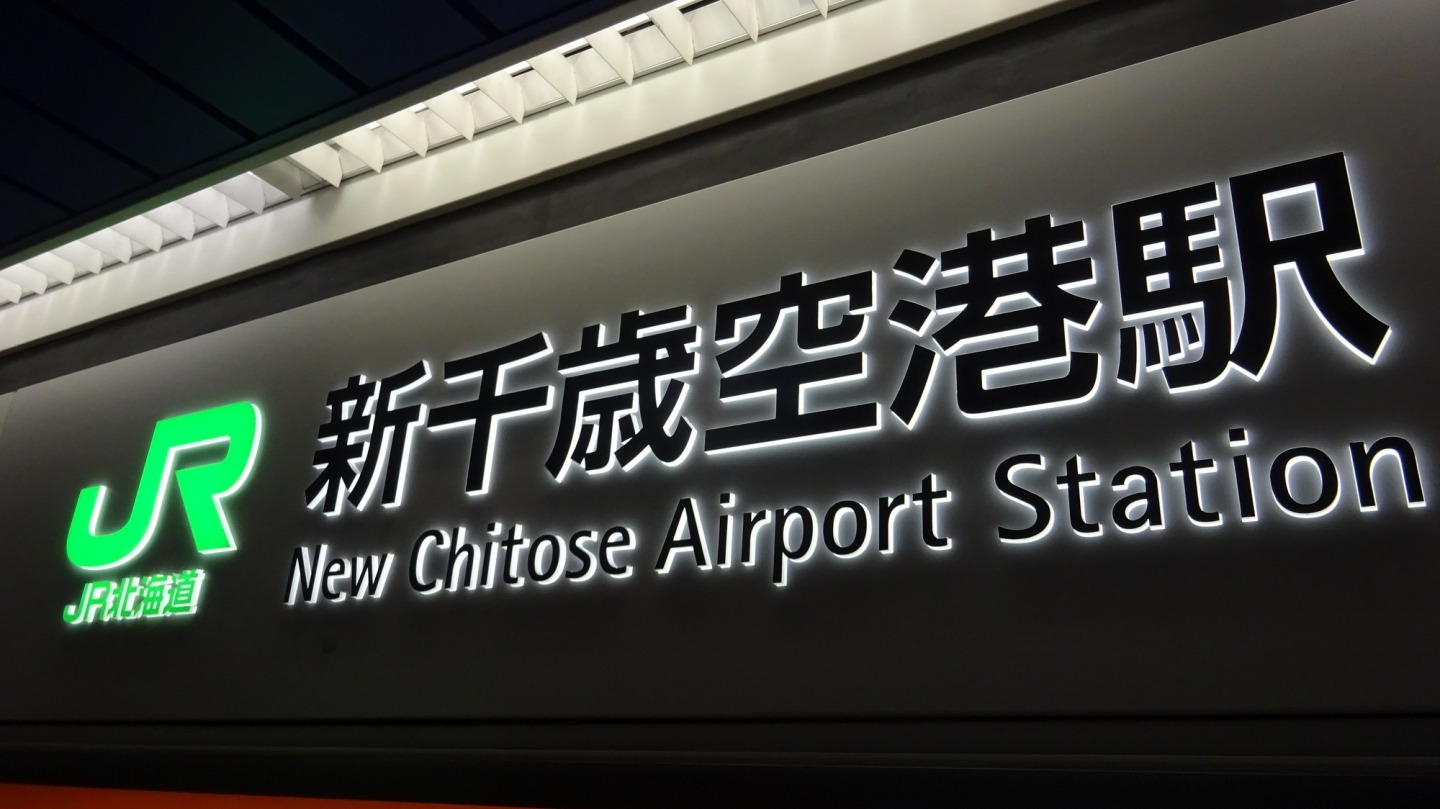
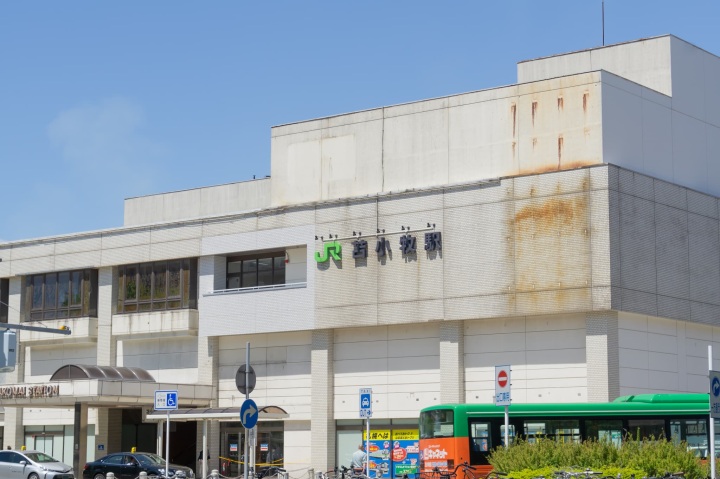
![[IN & OUT Airport Trip] Hokkaido's Ultimate Open Road: Heritage, Gardens & Wellness](/lsc/upfile/course/0000/0092/92_1_m.jpg)
